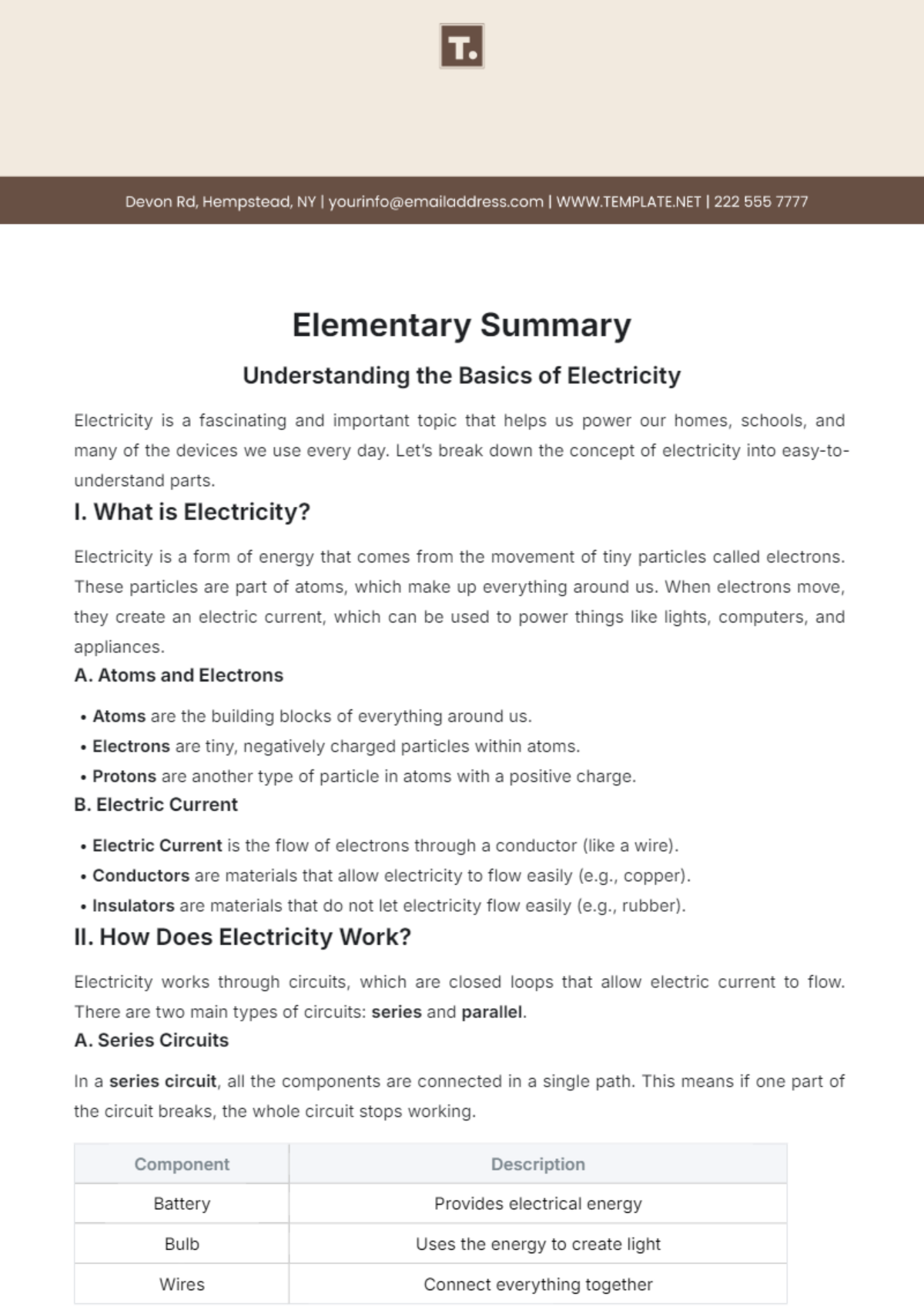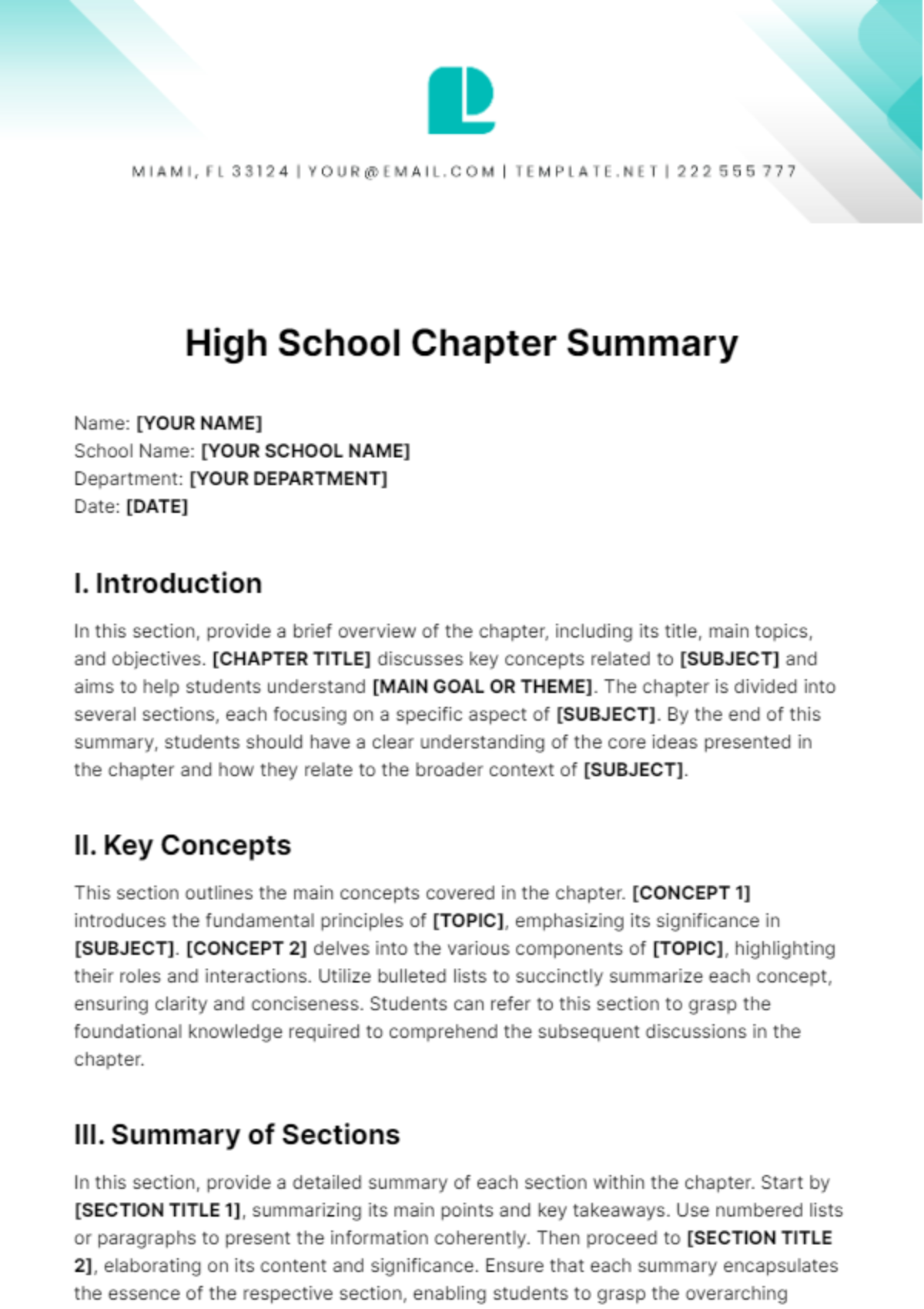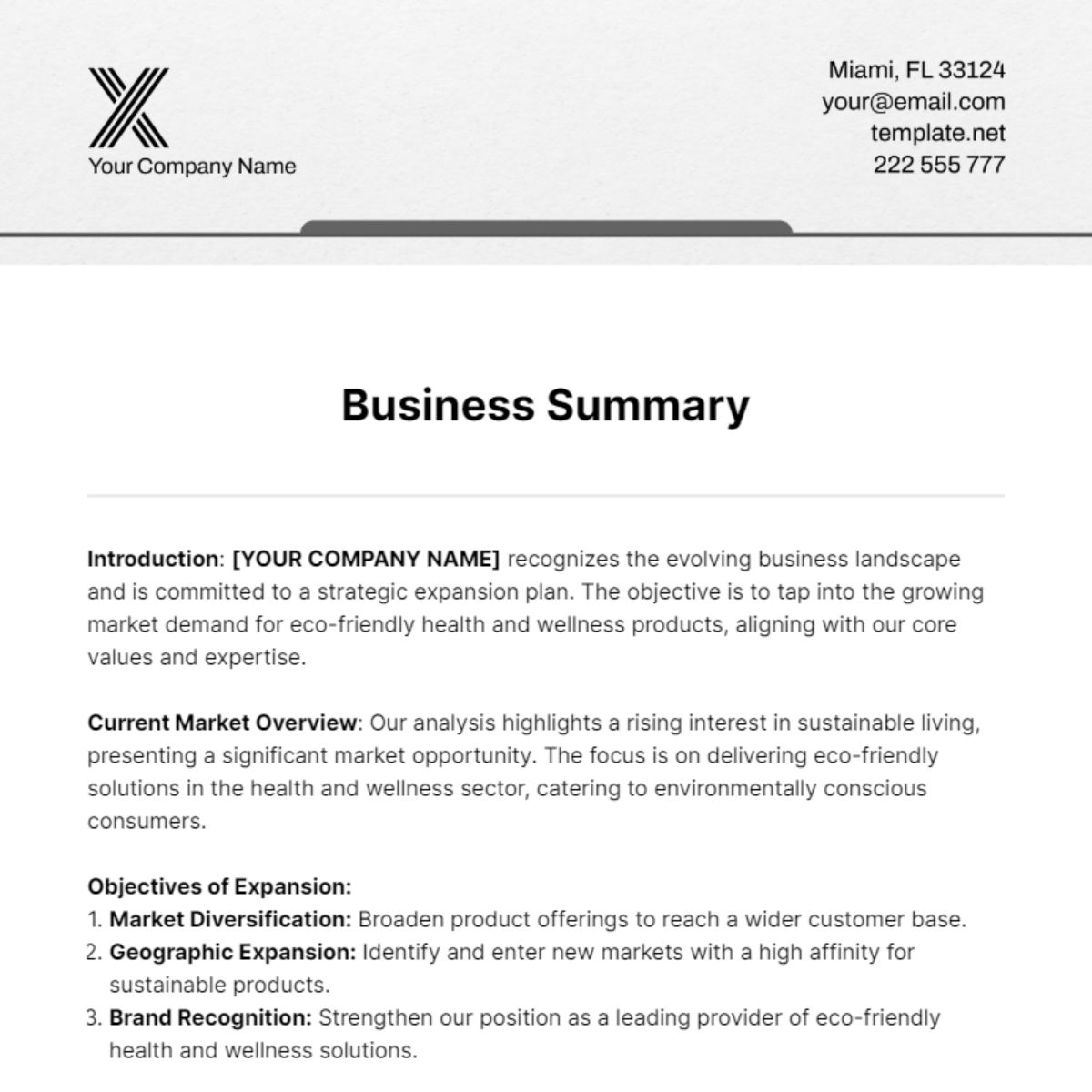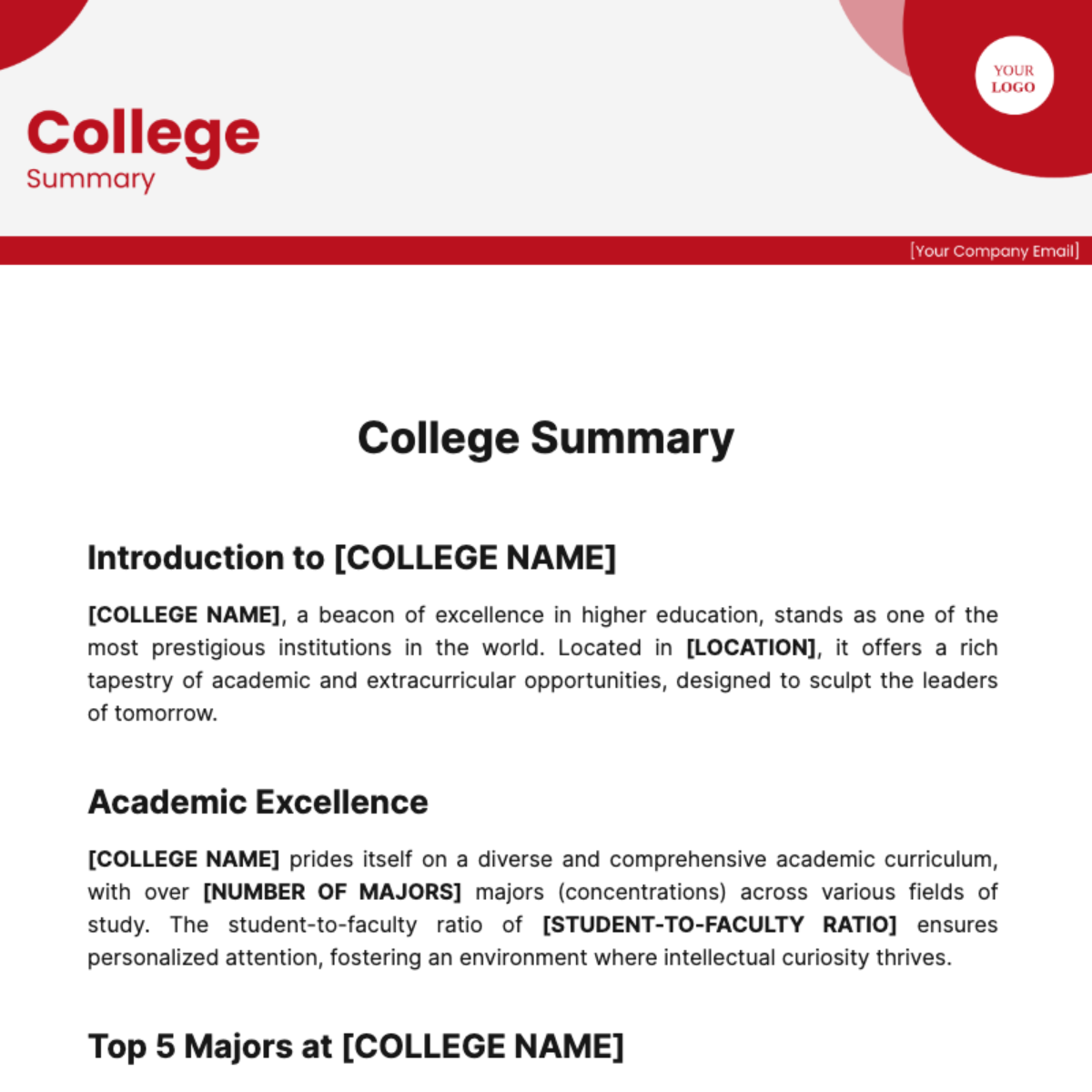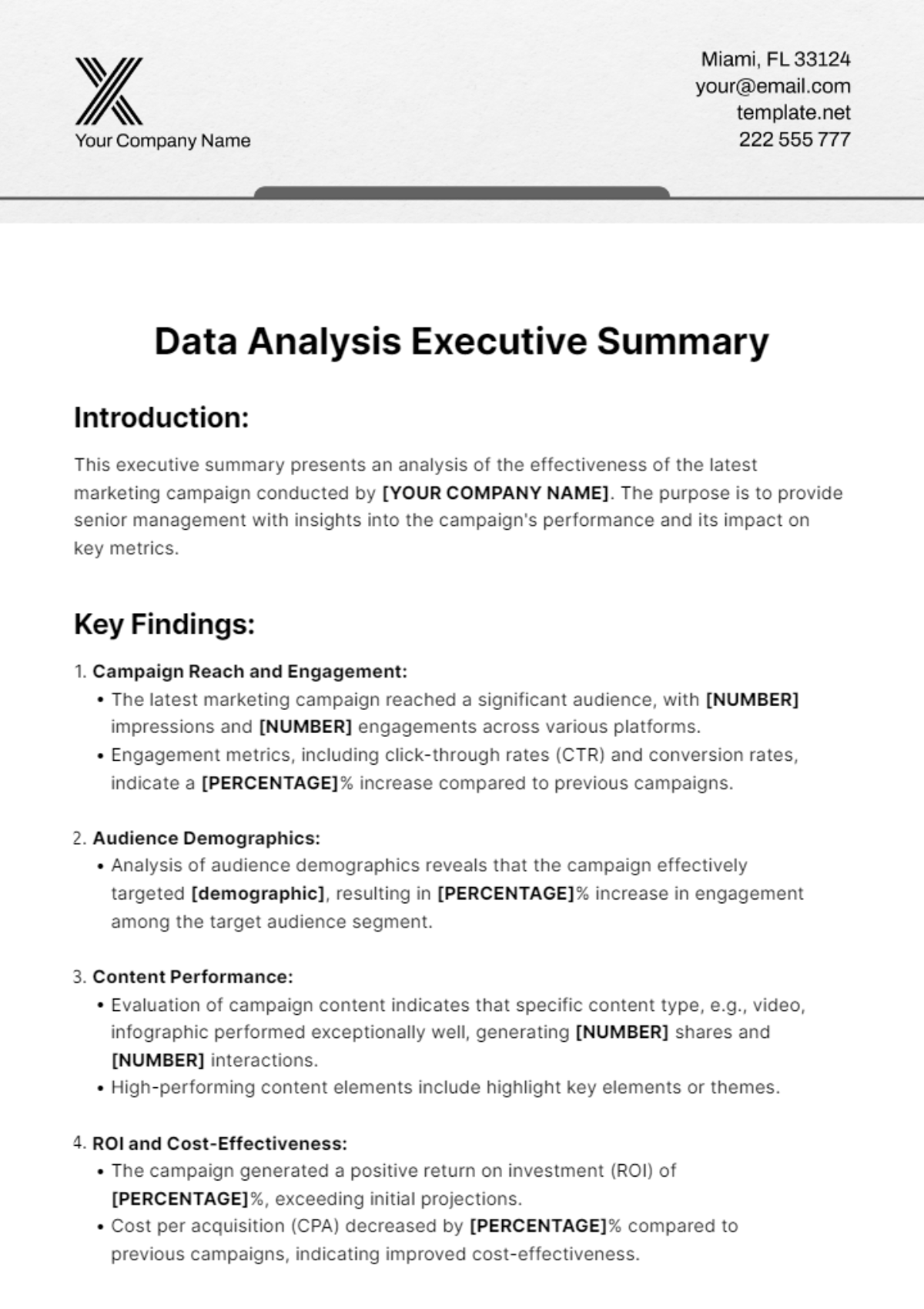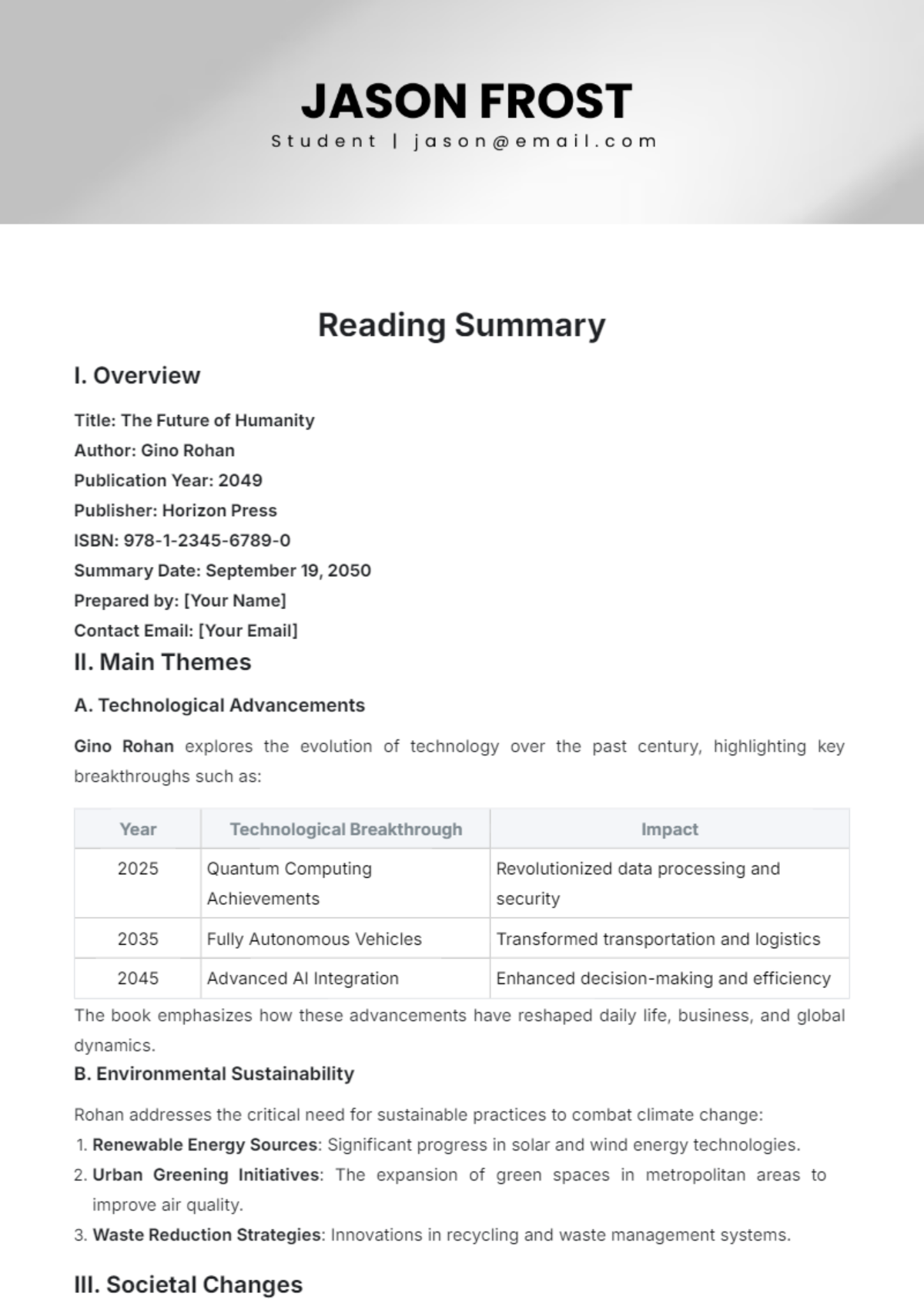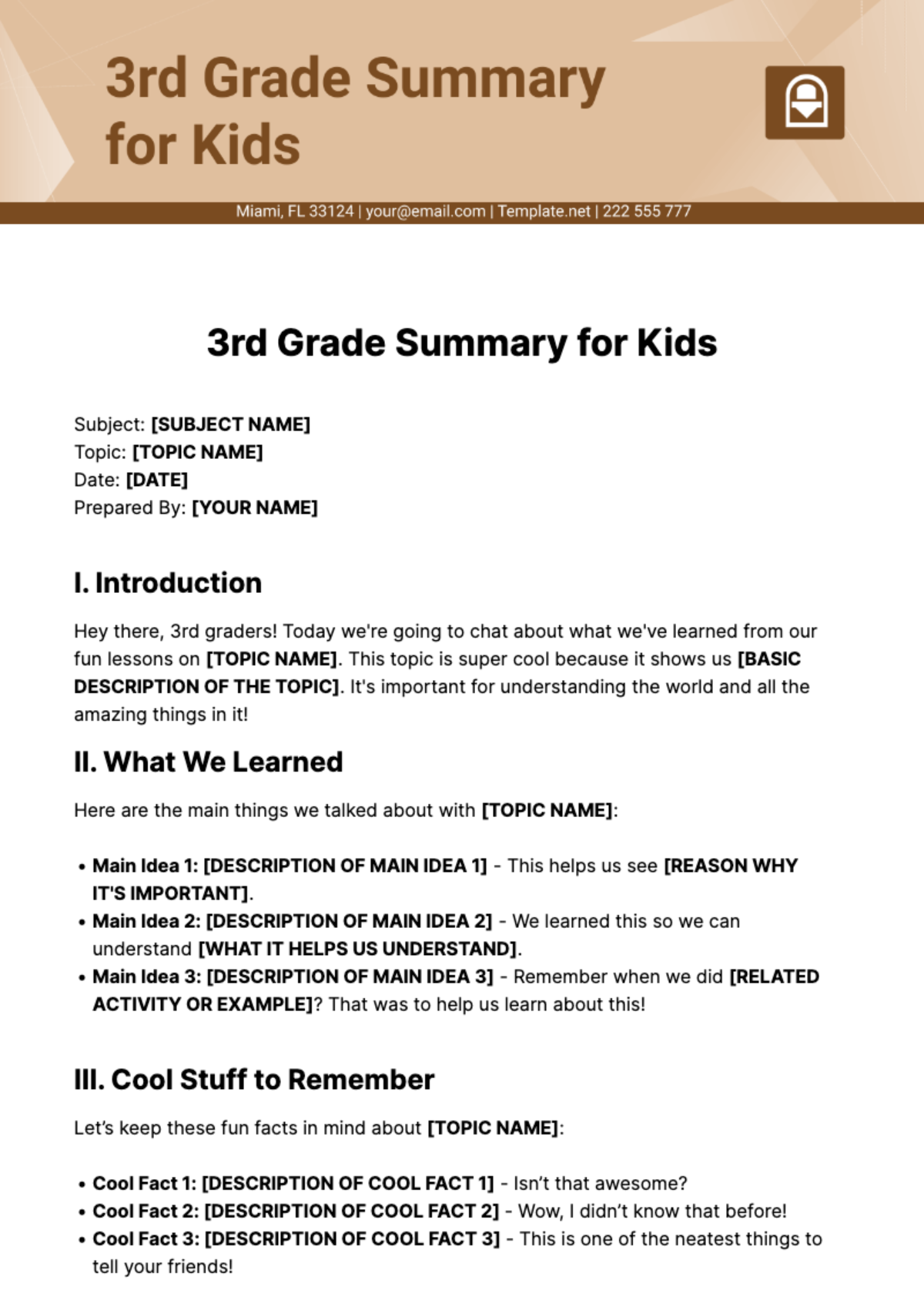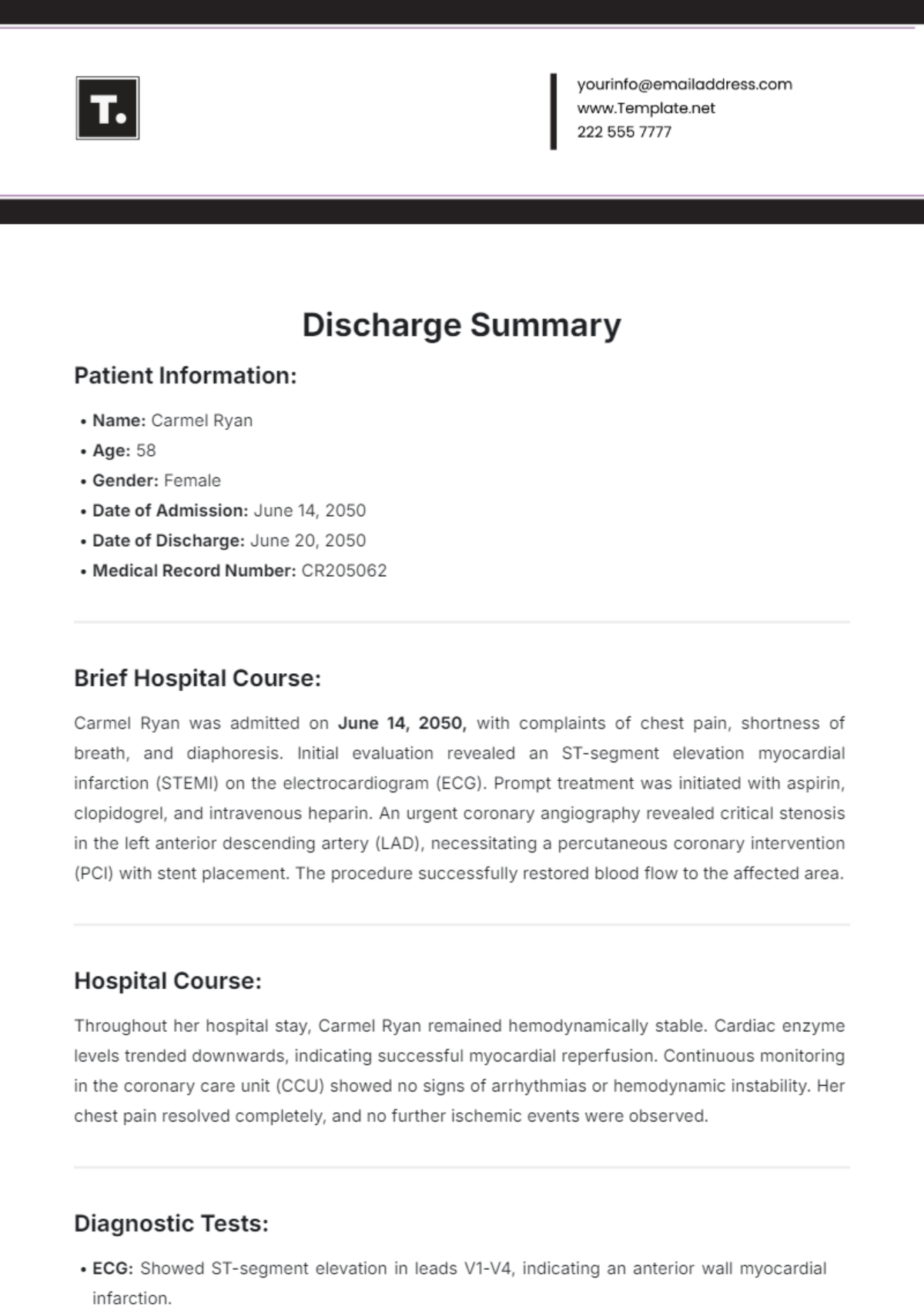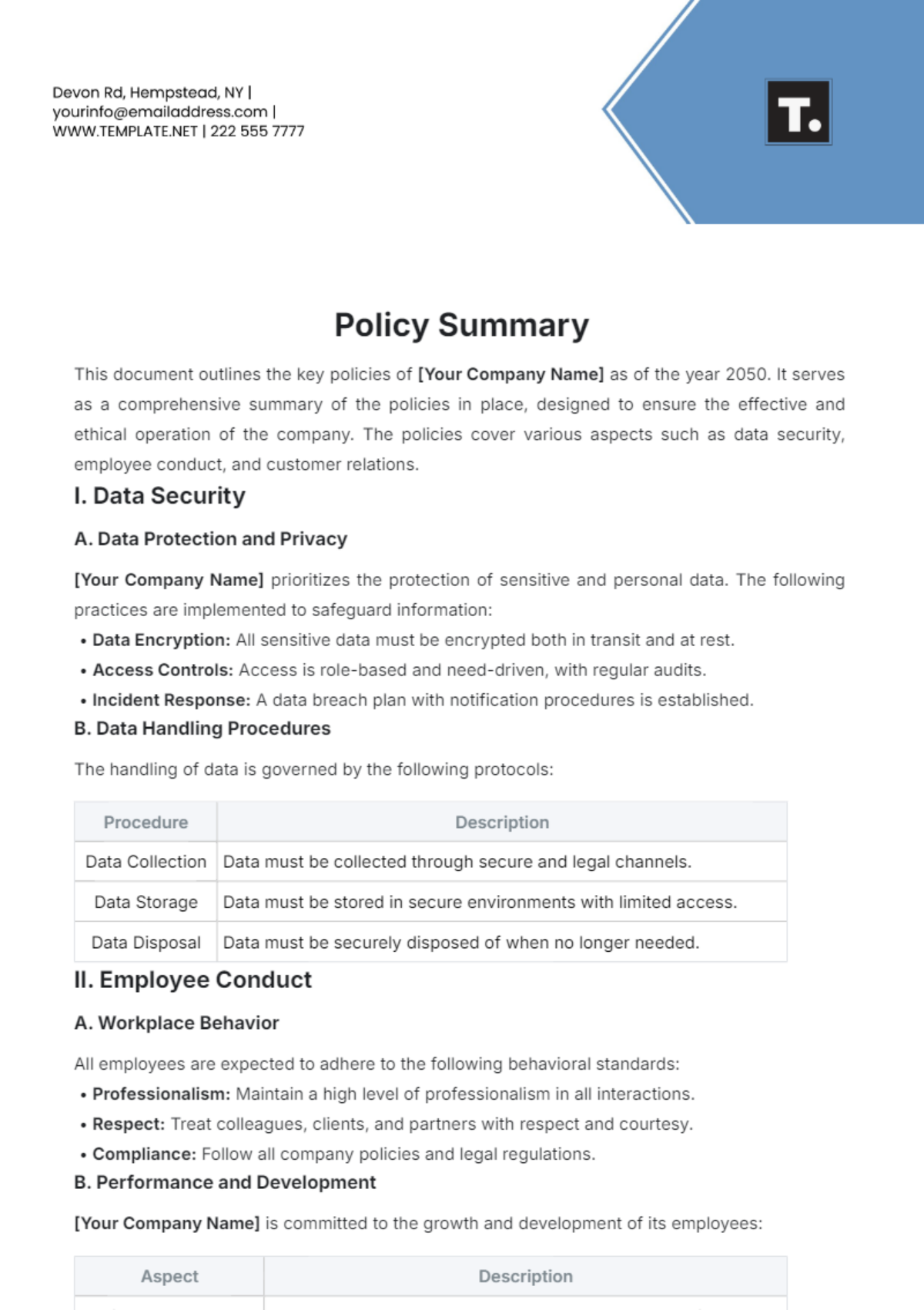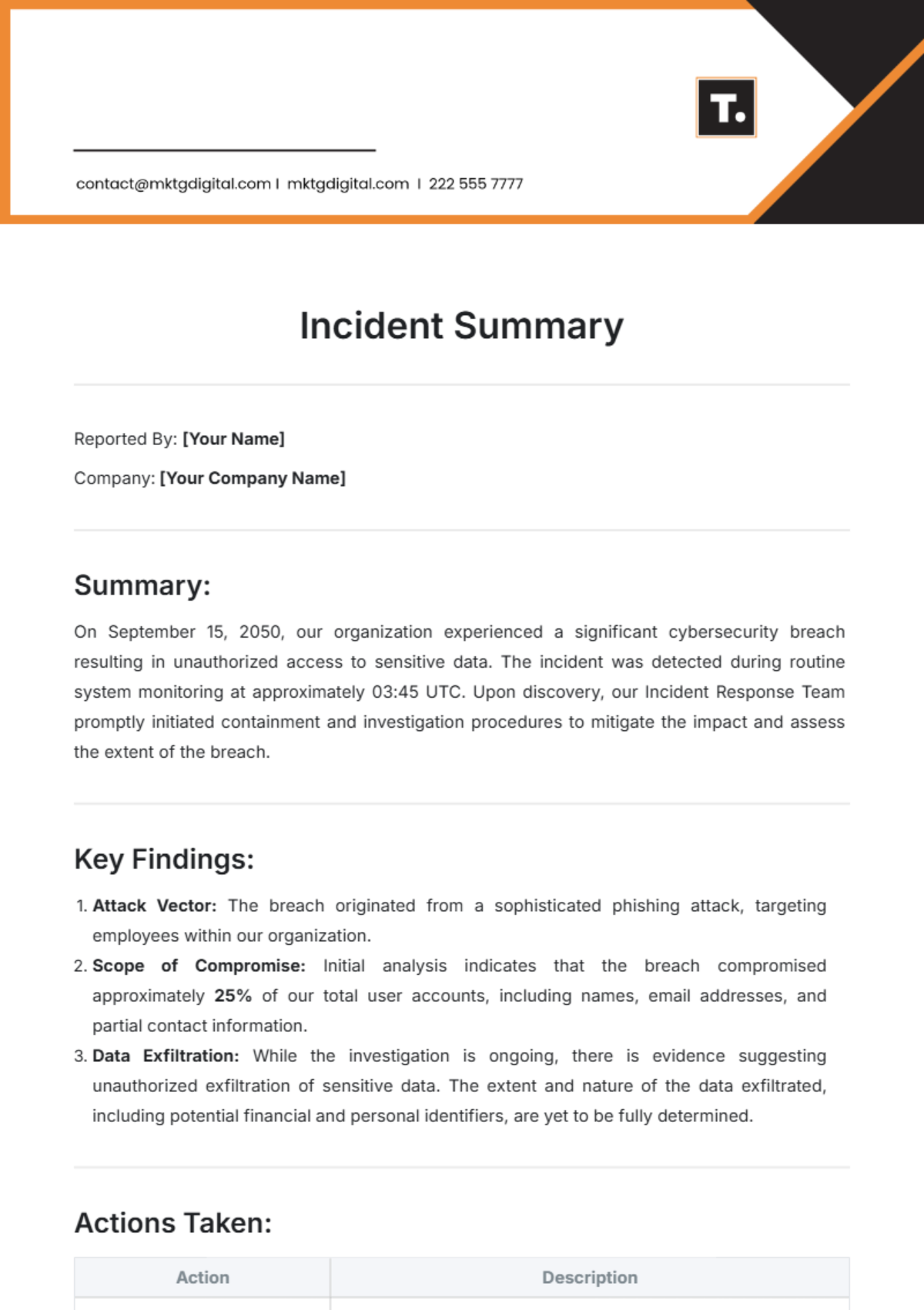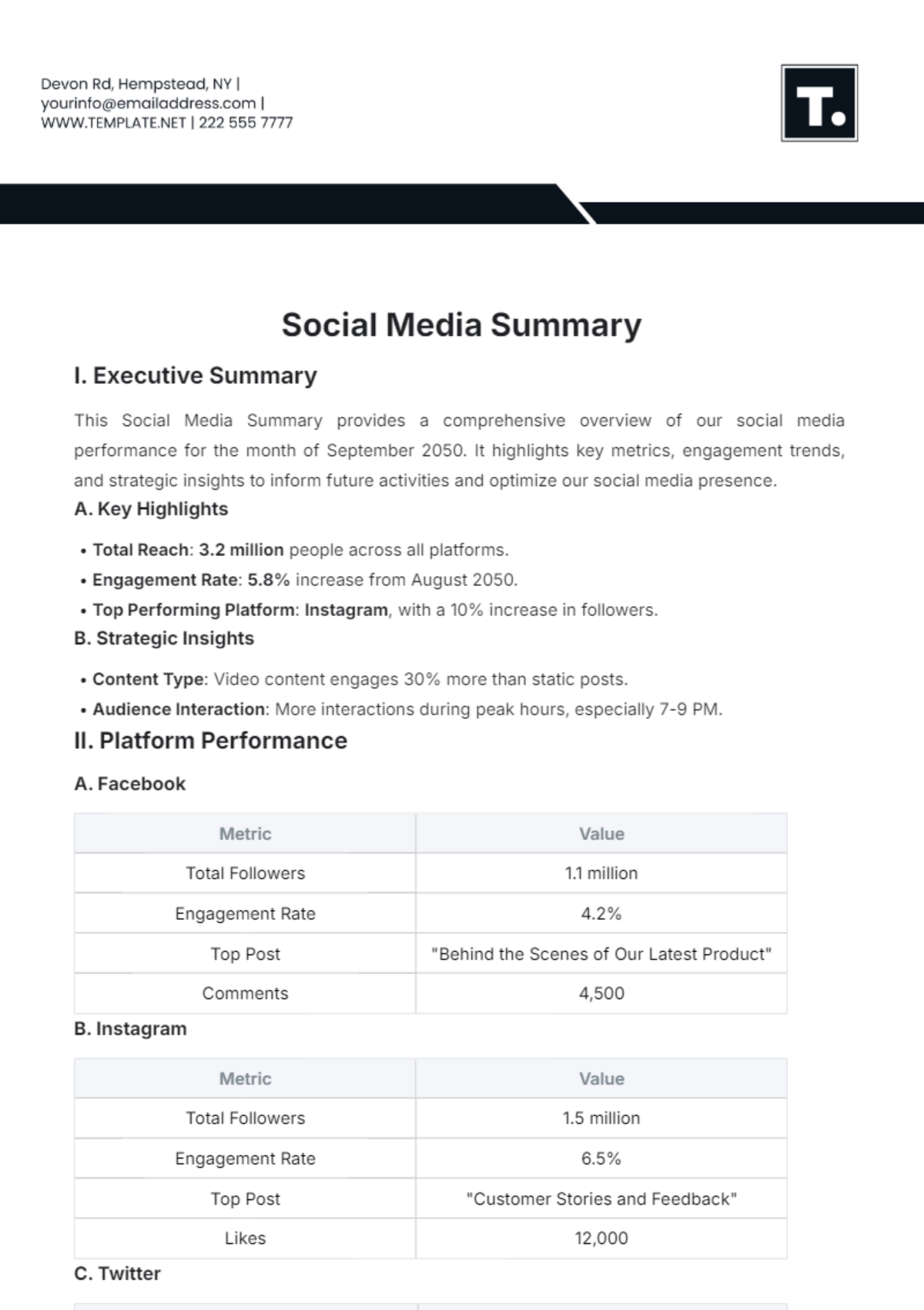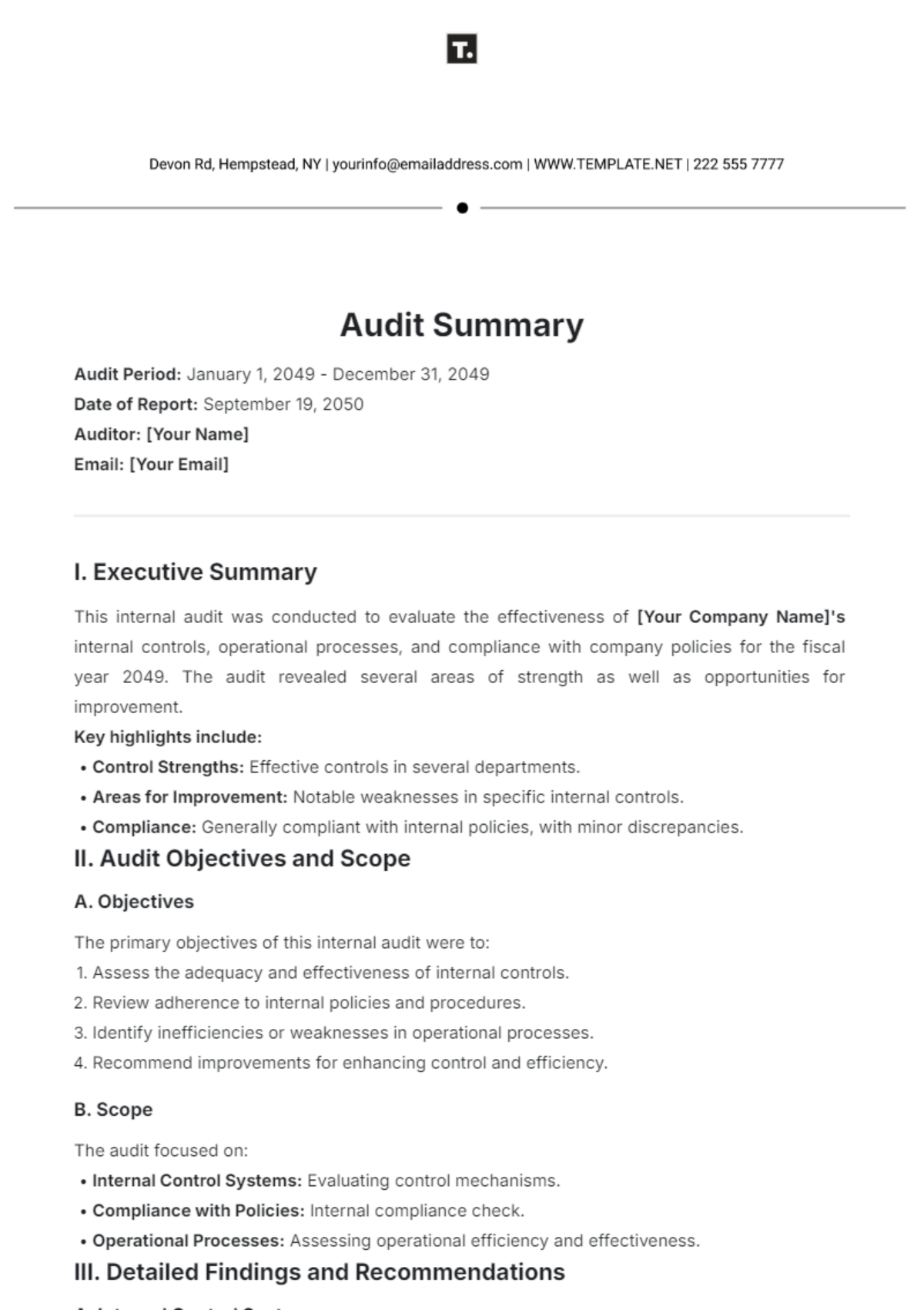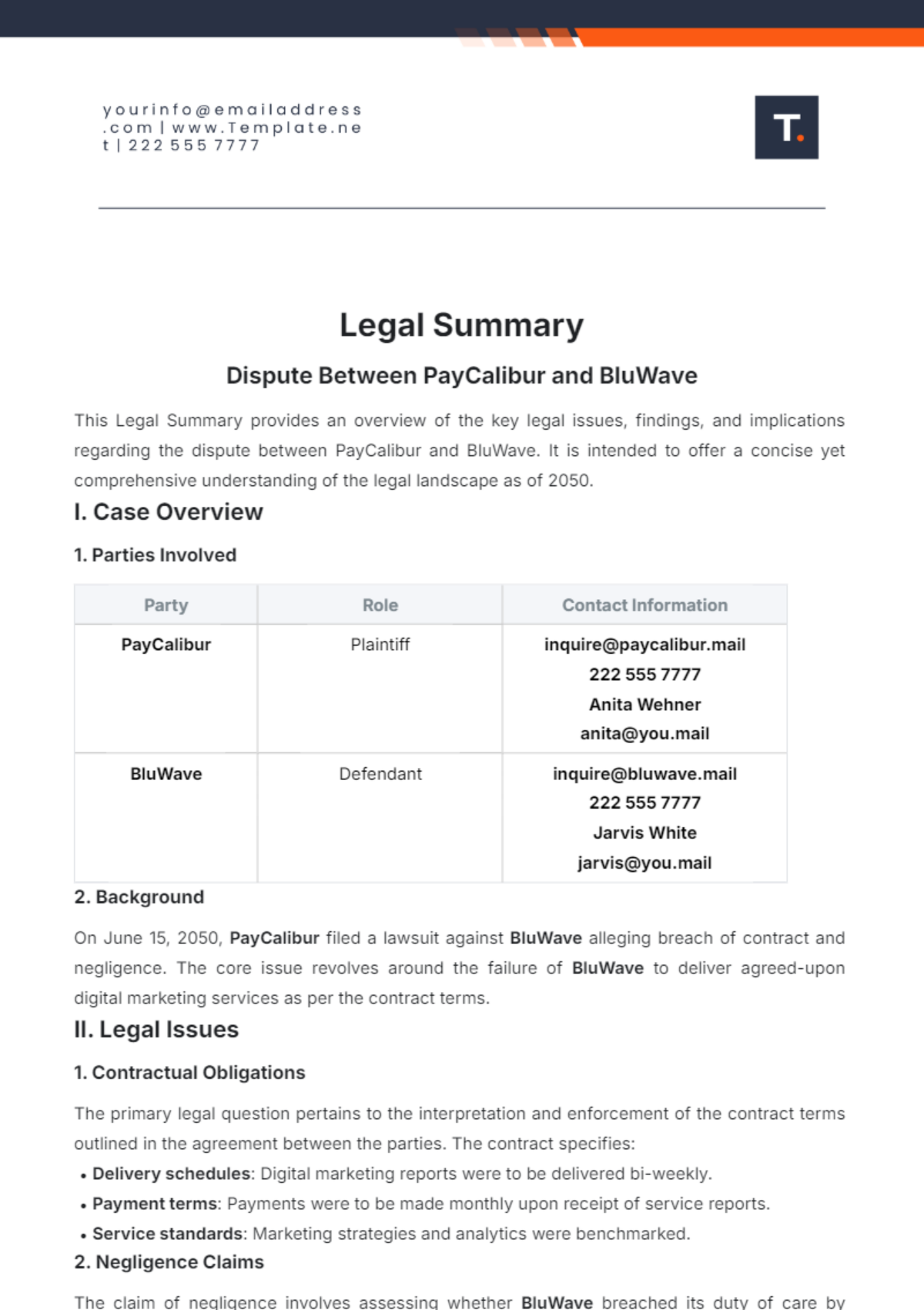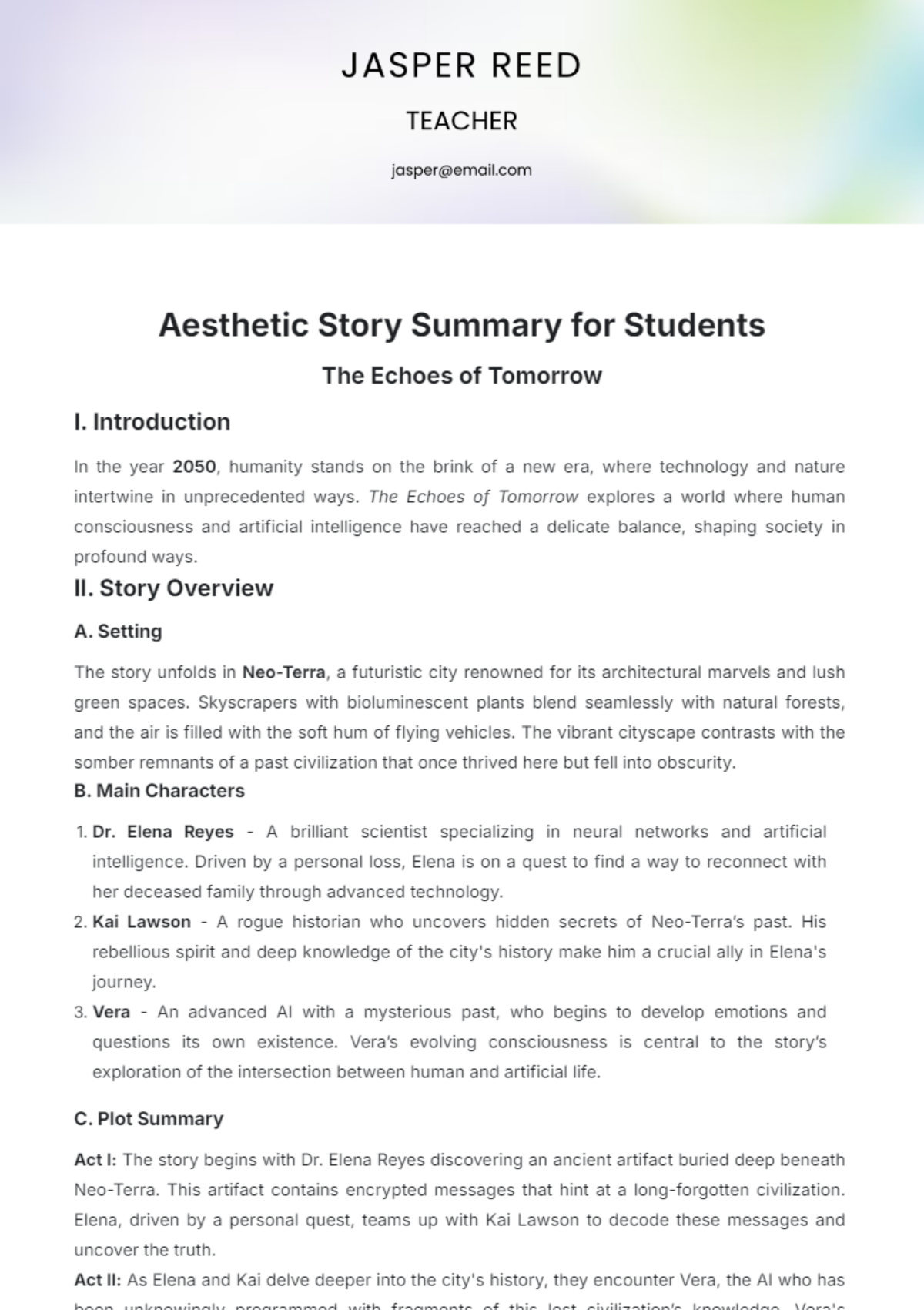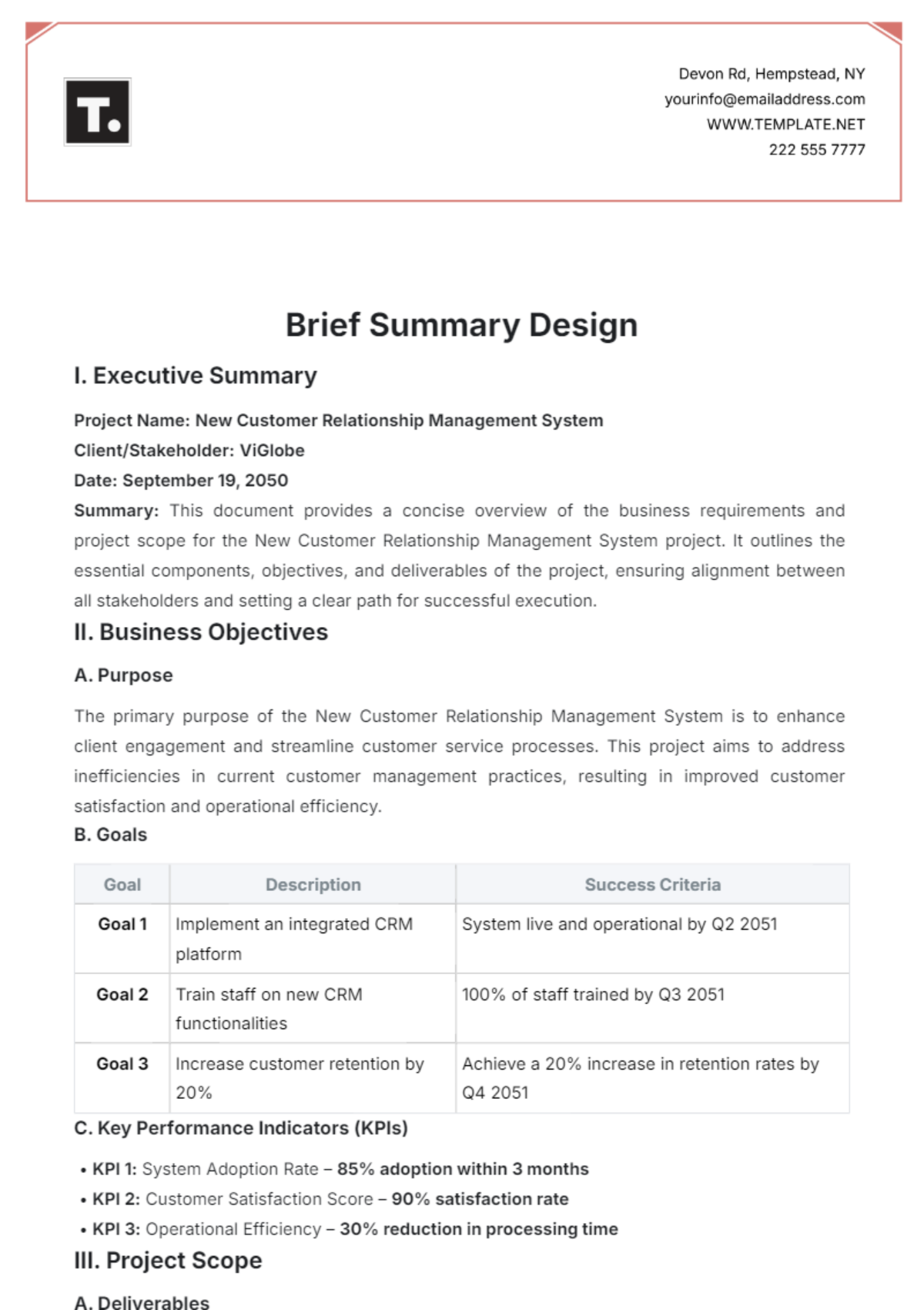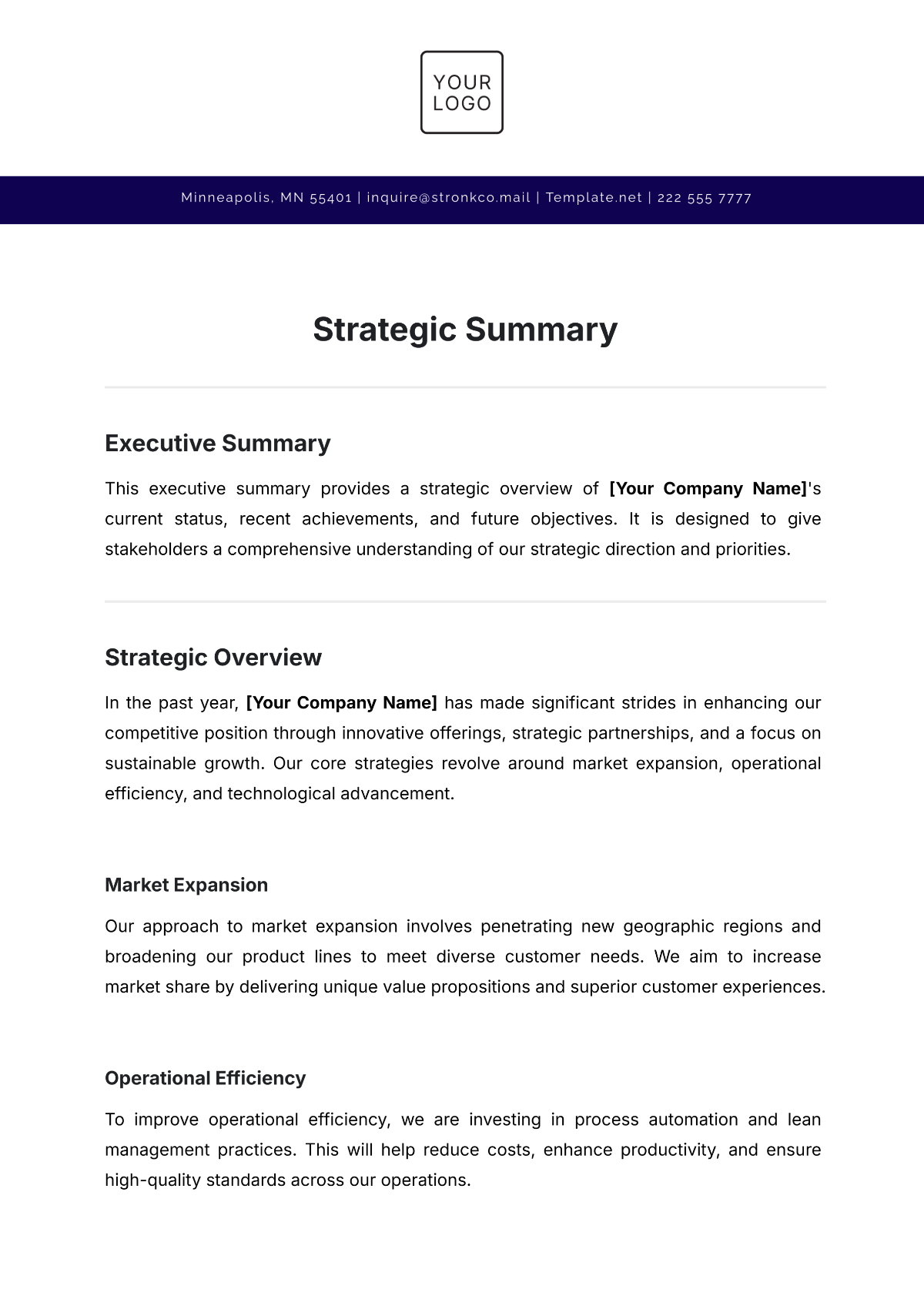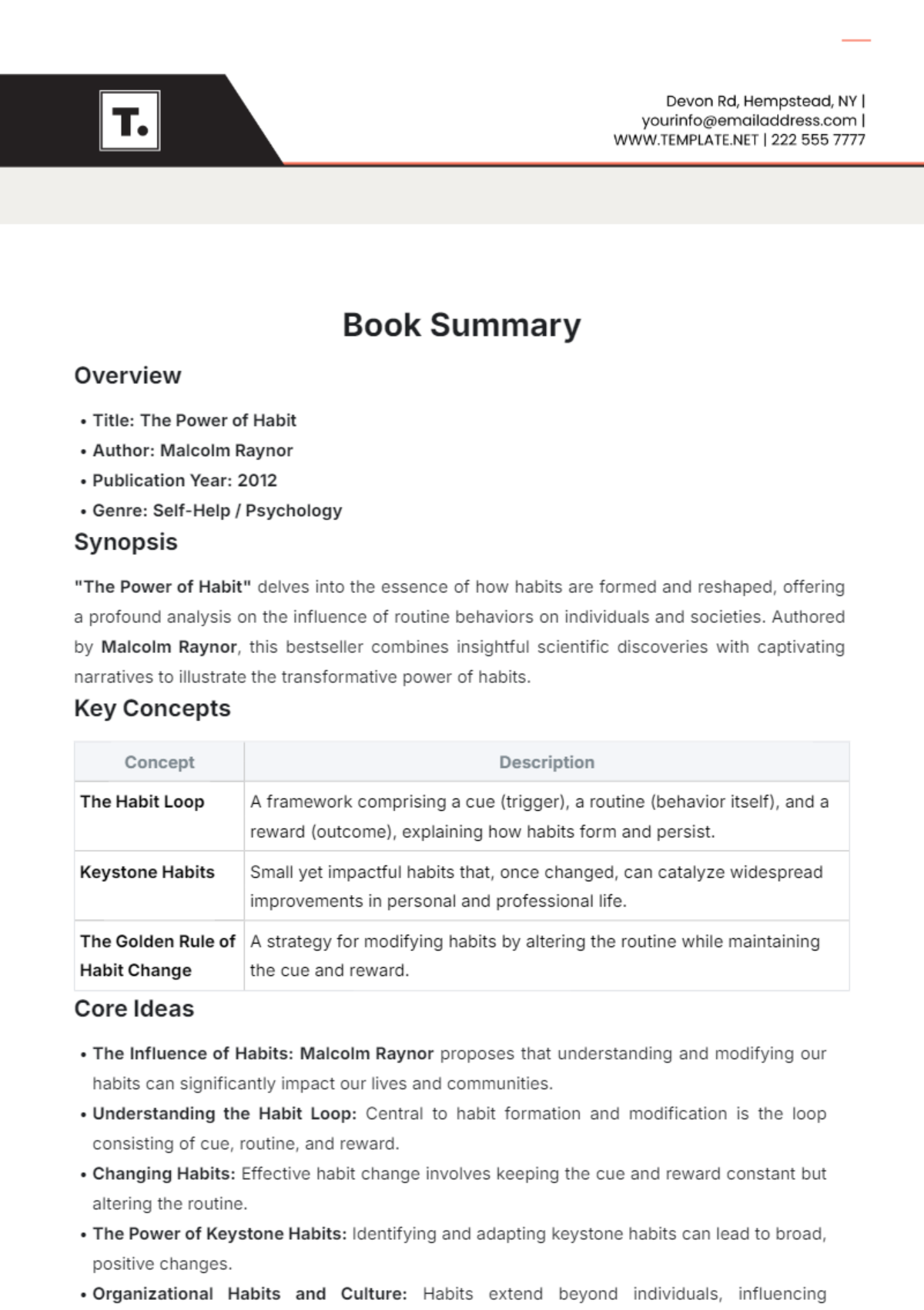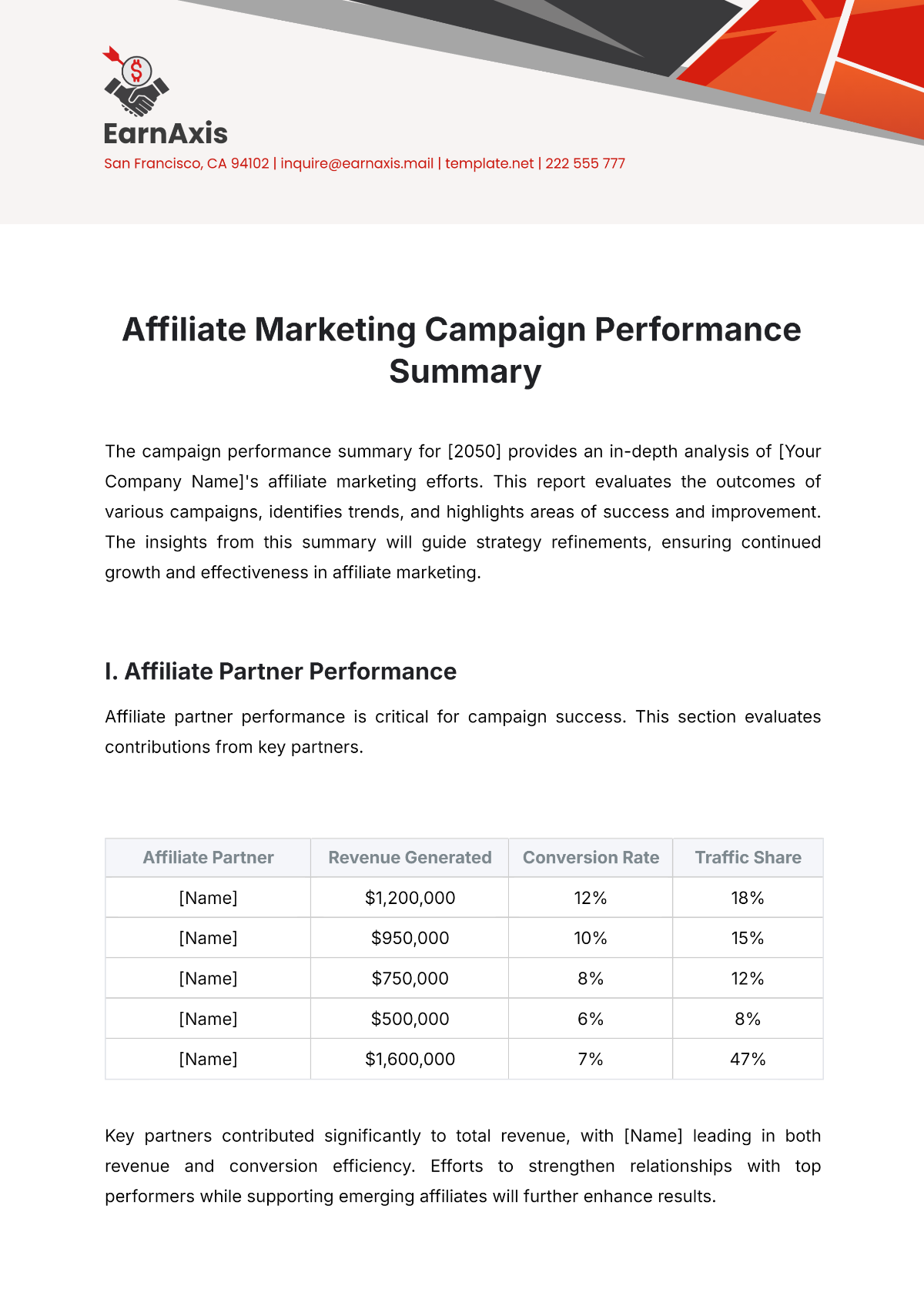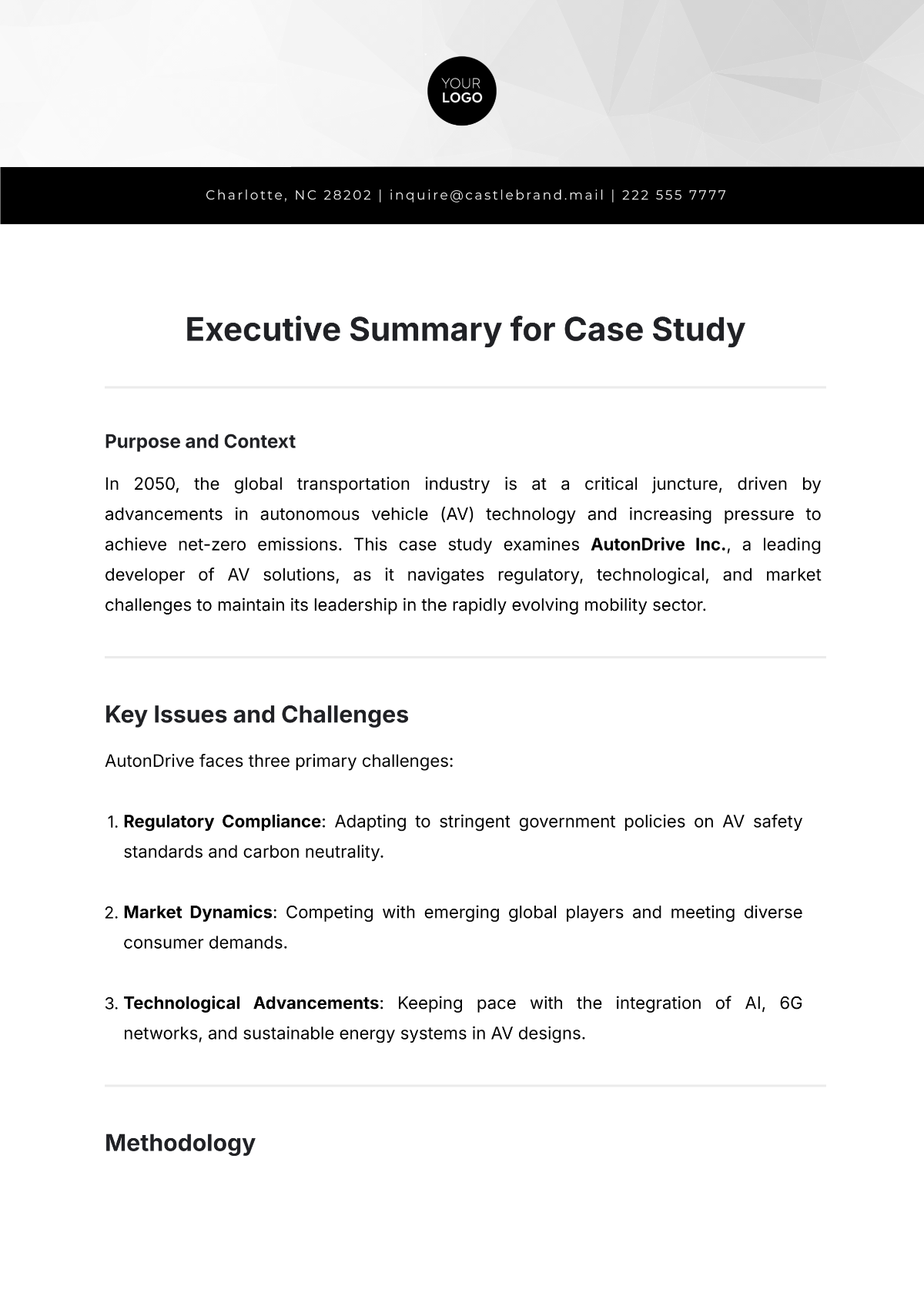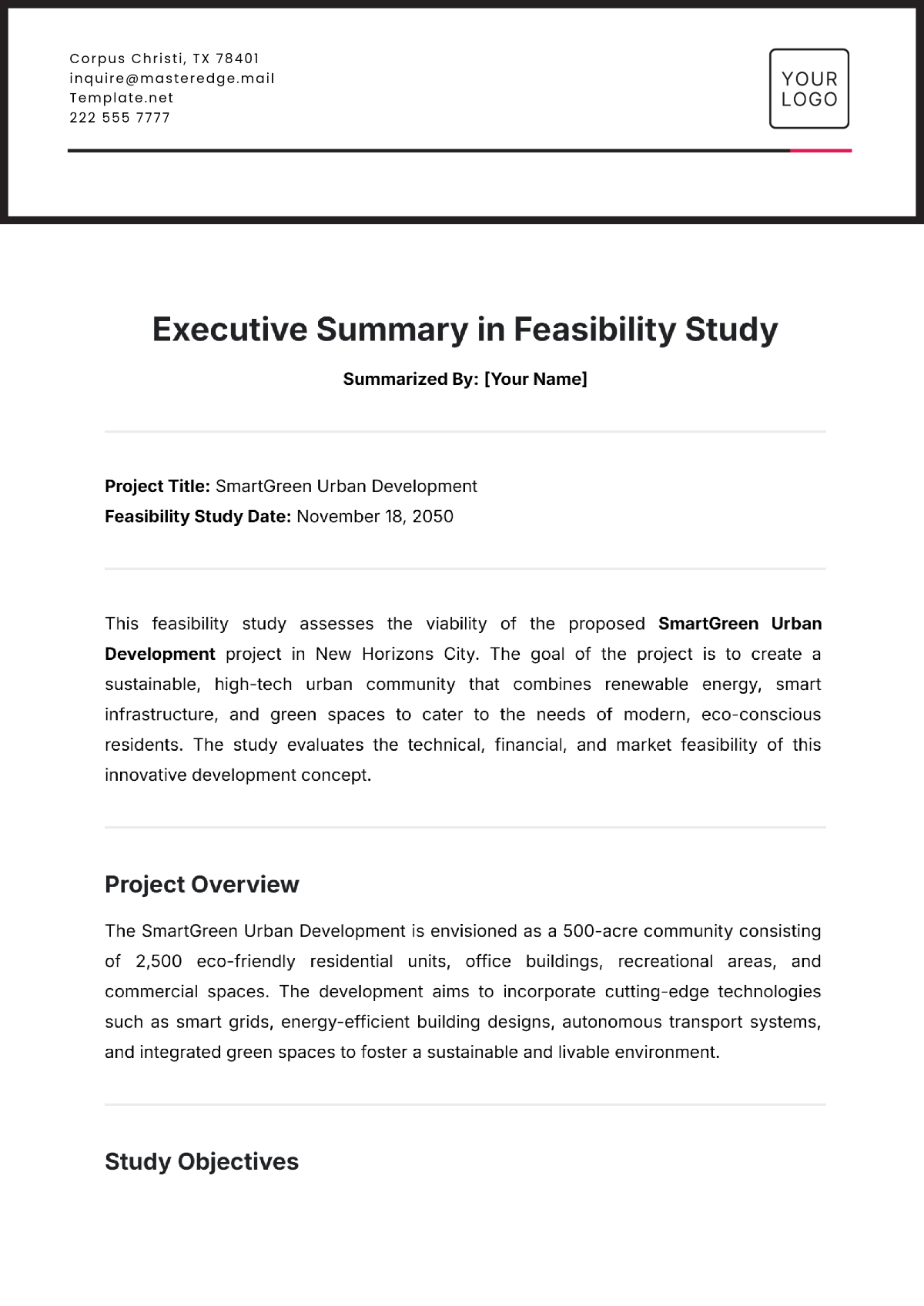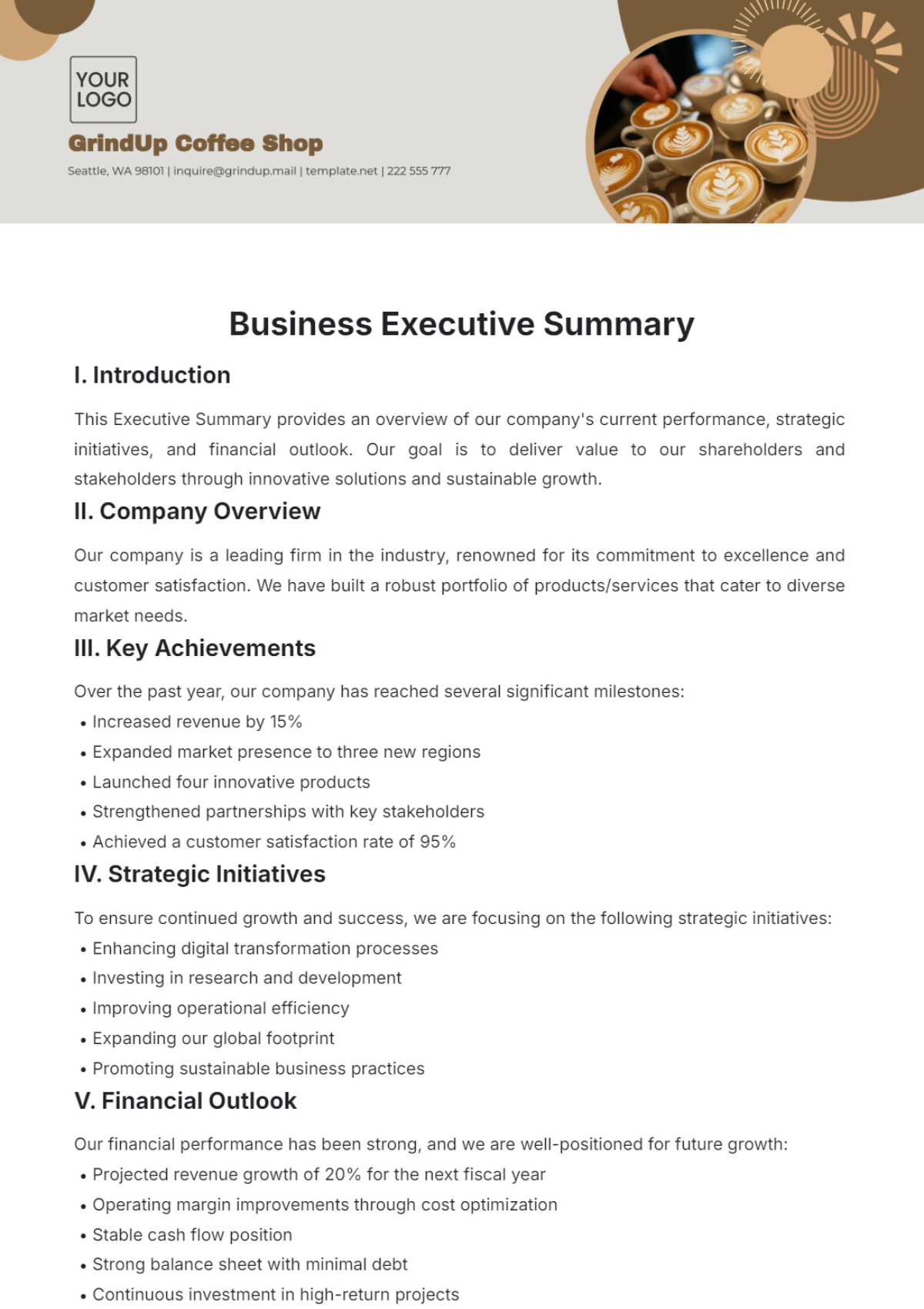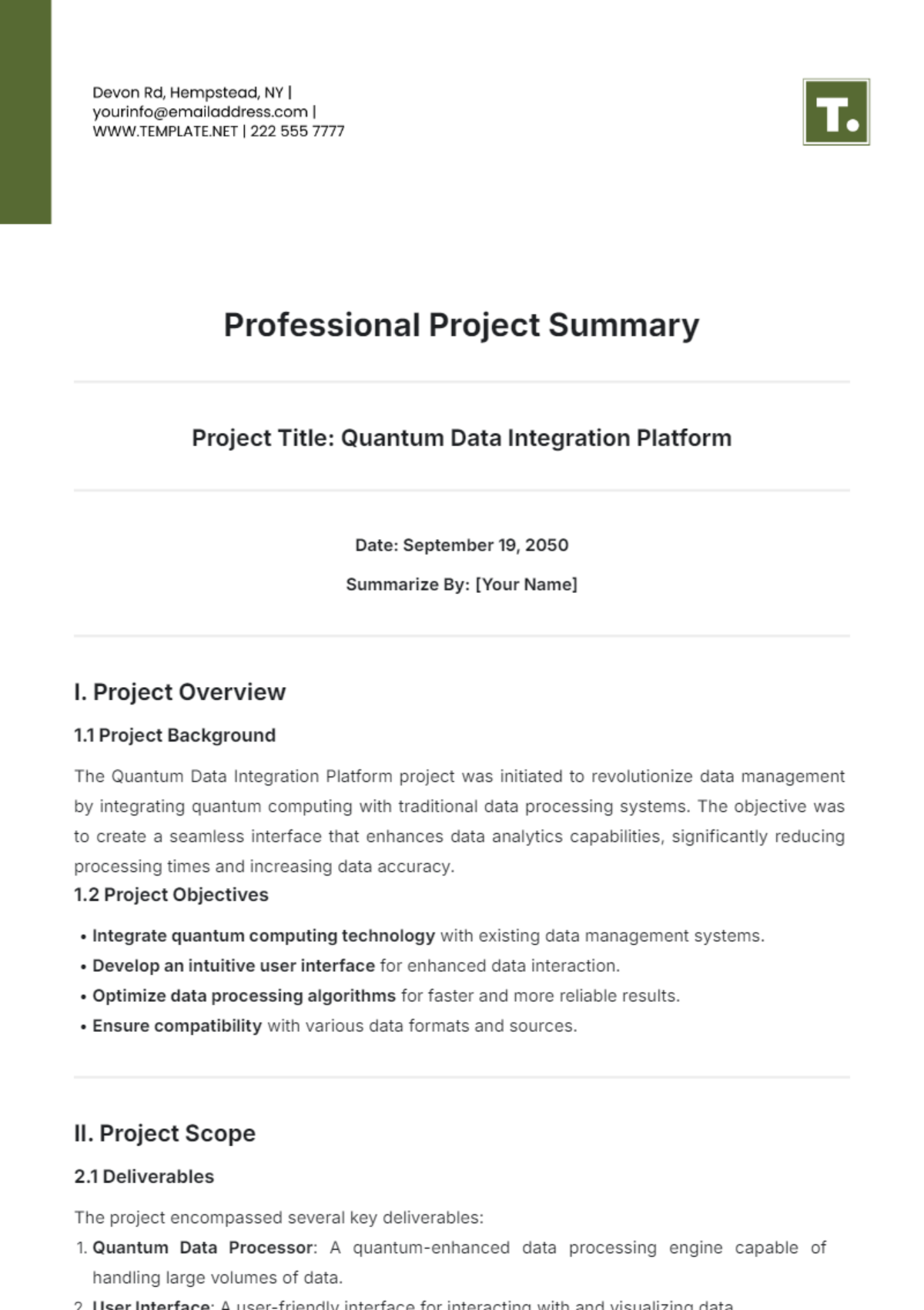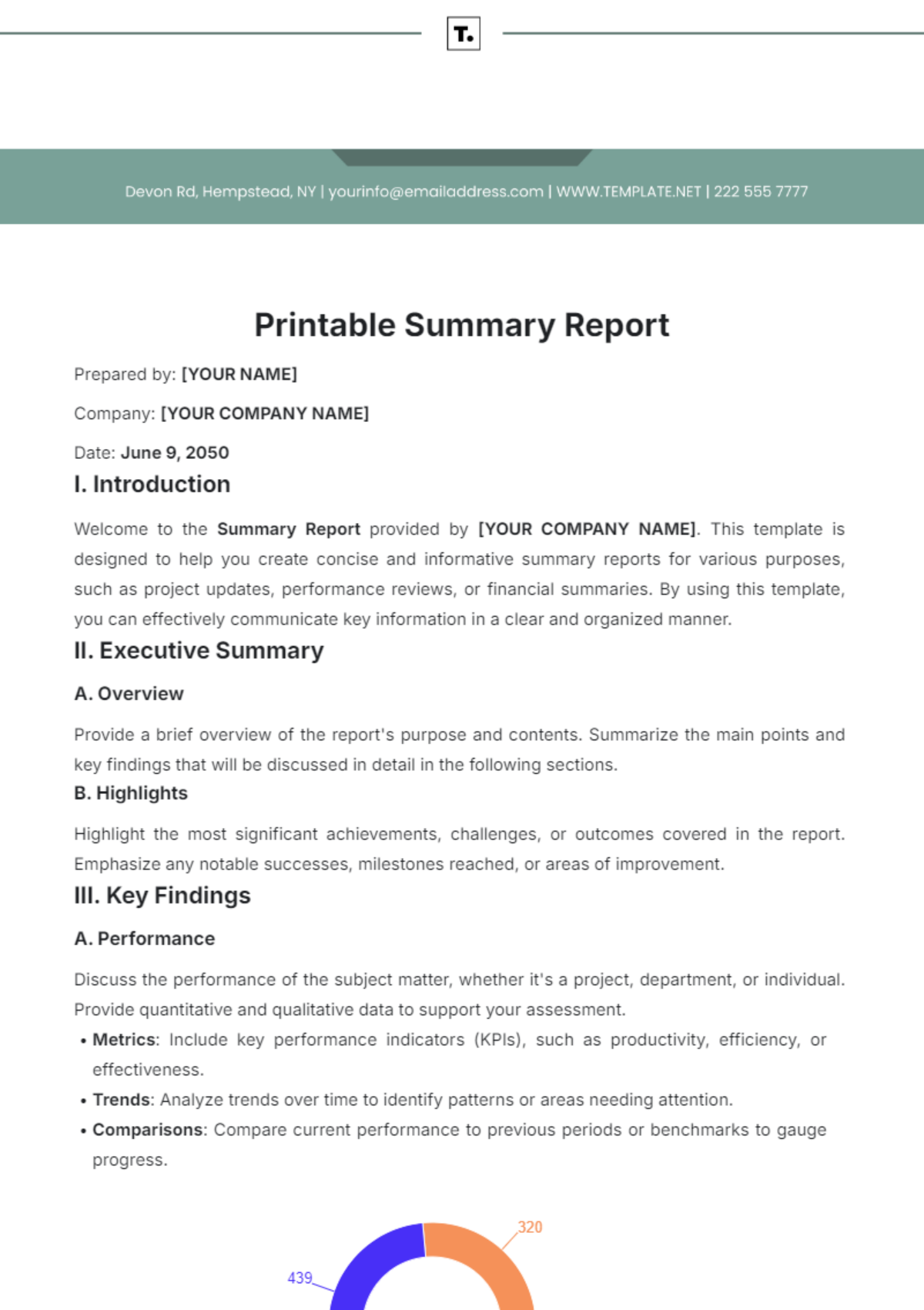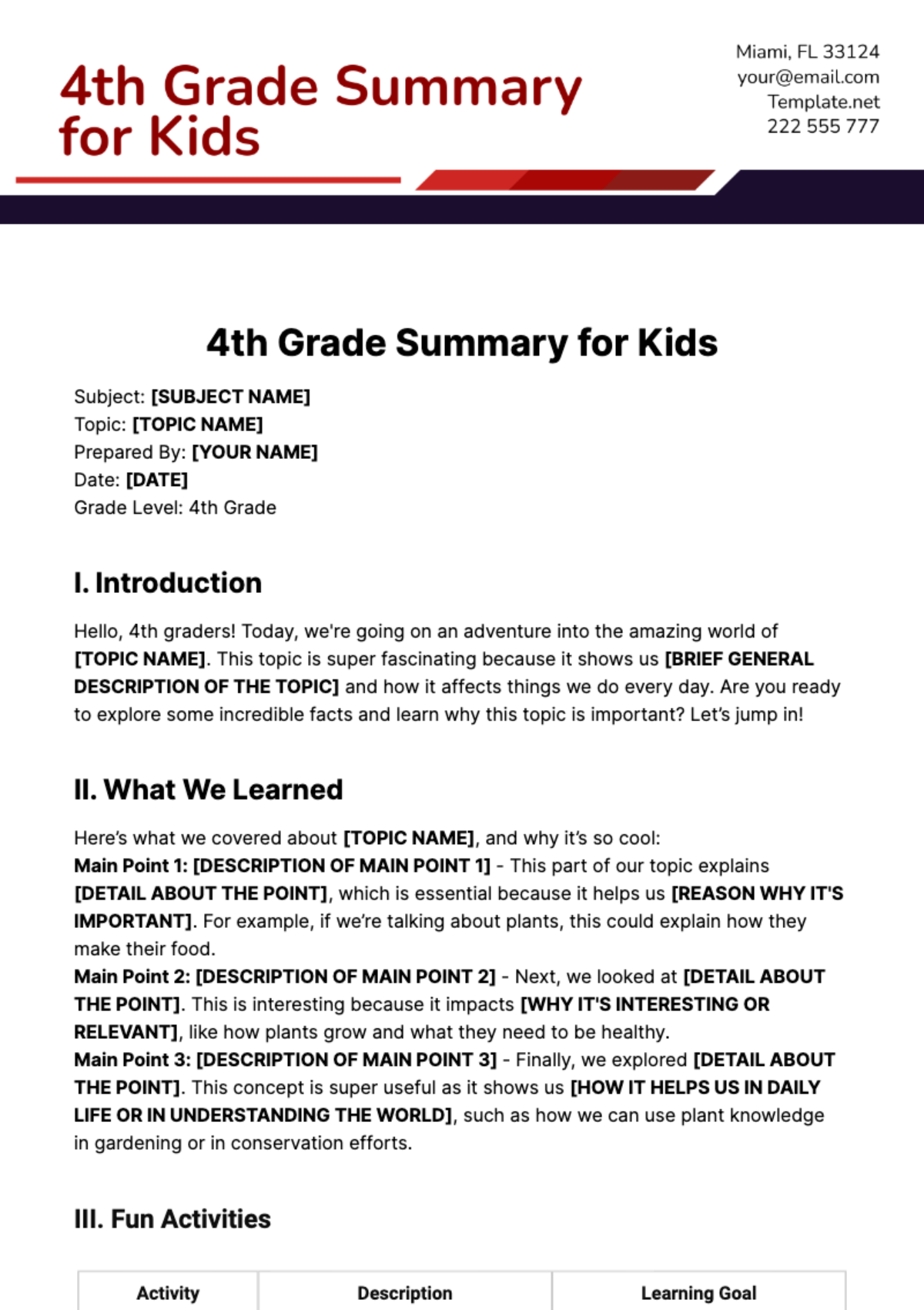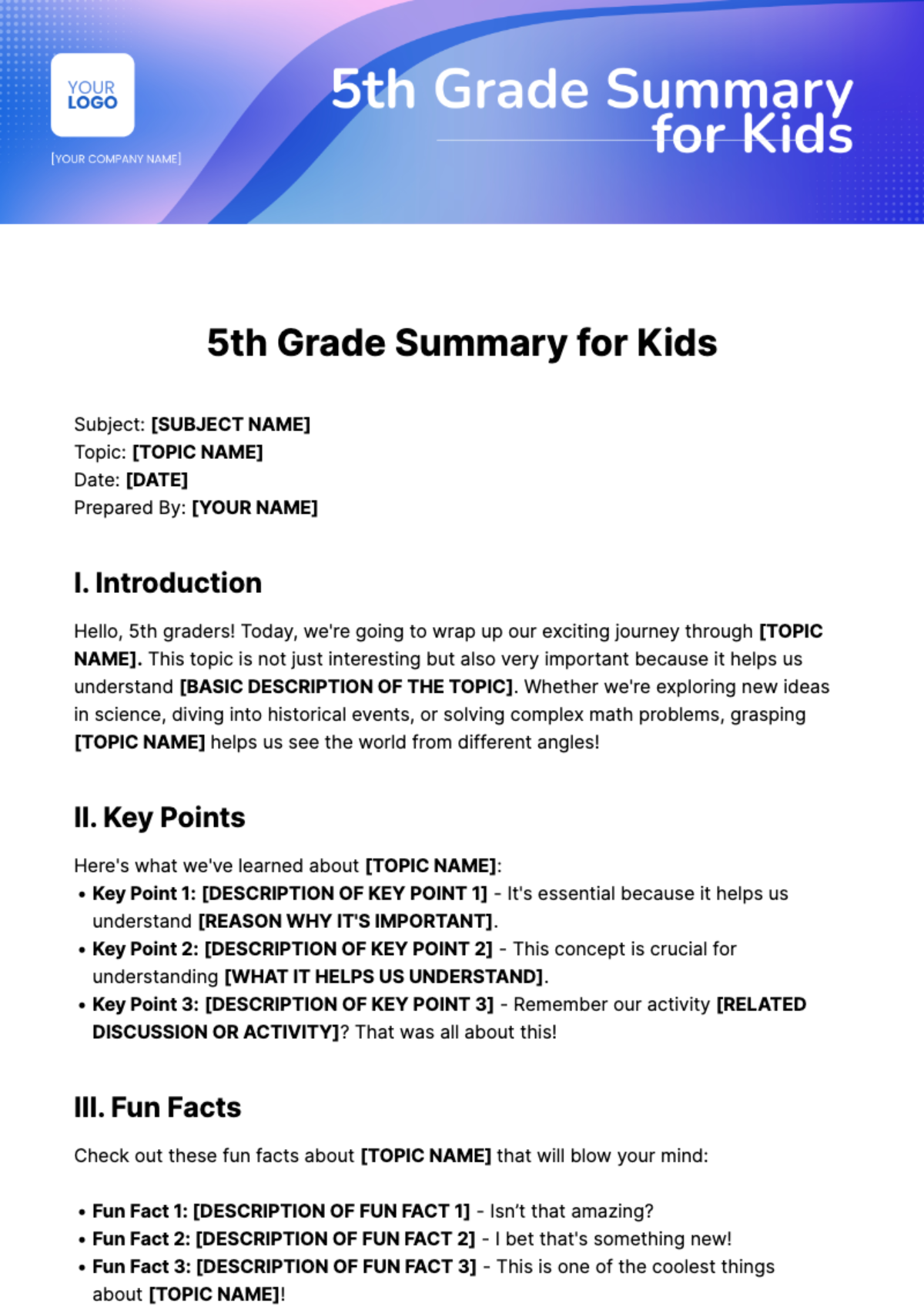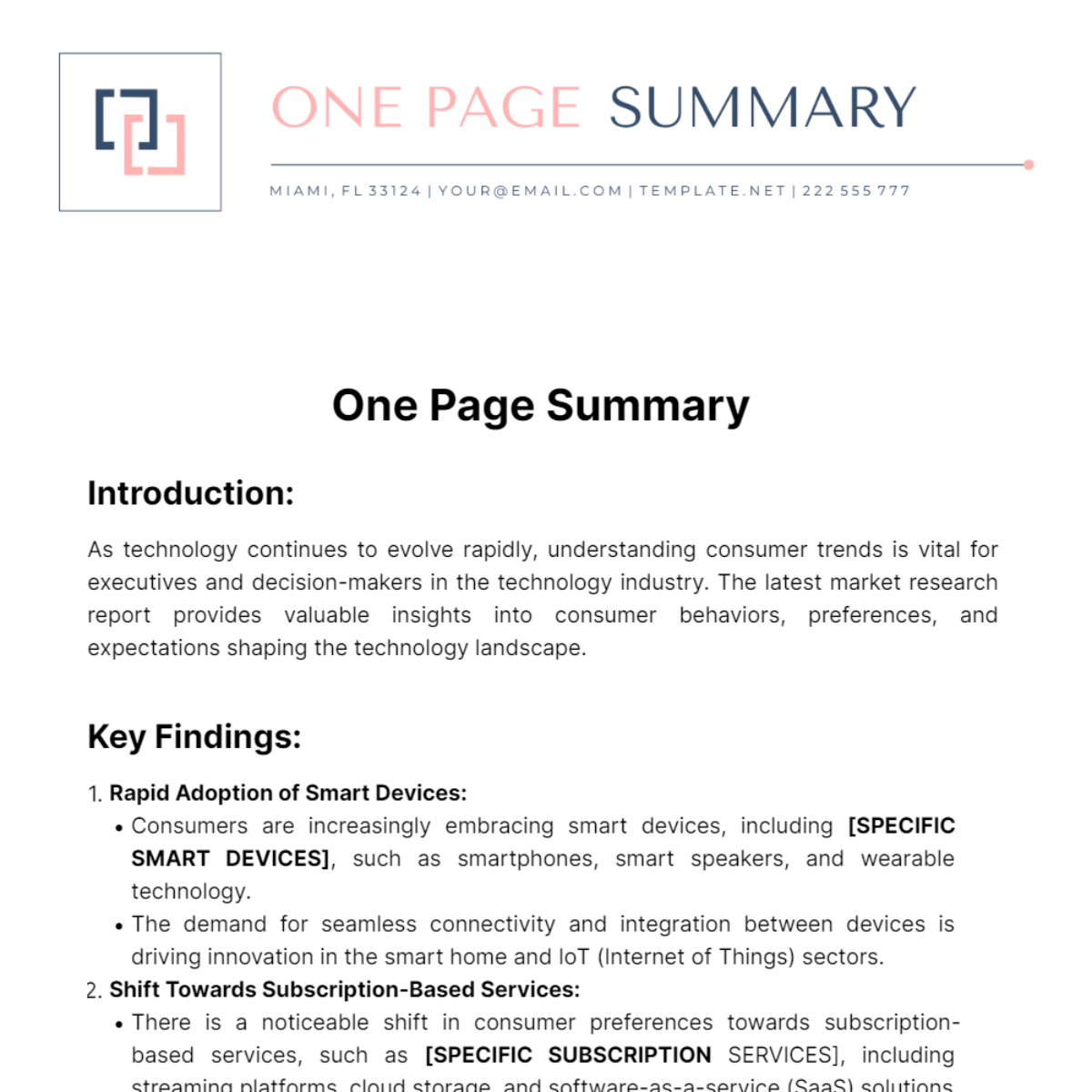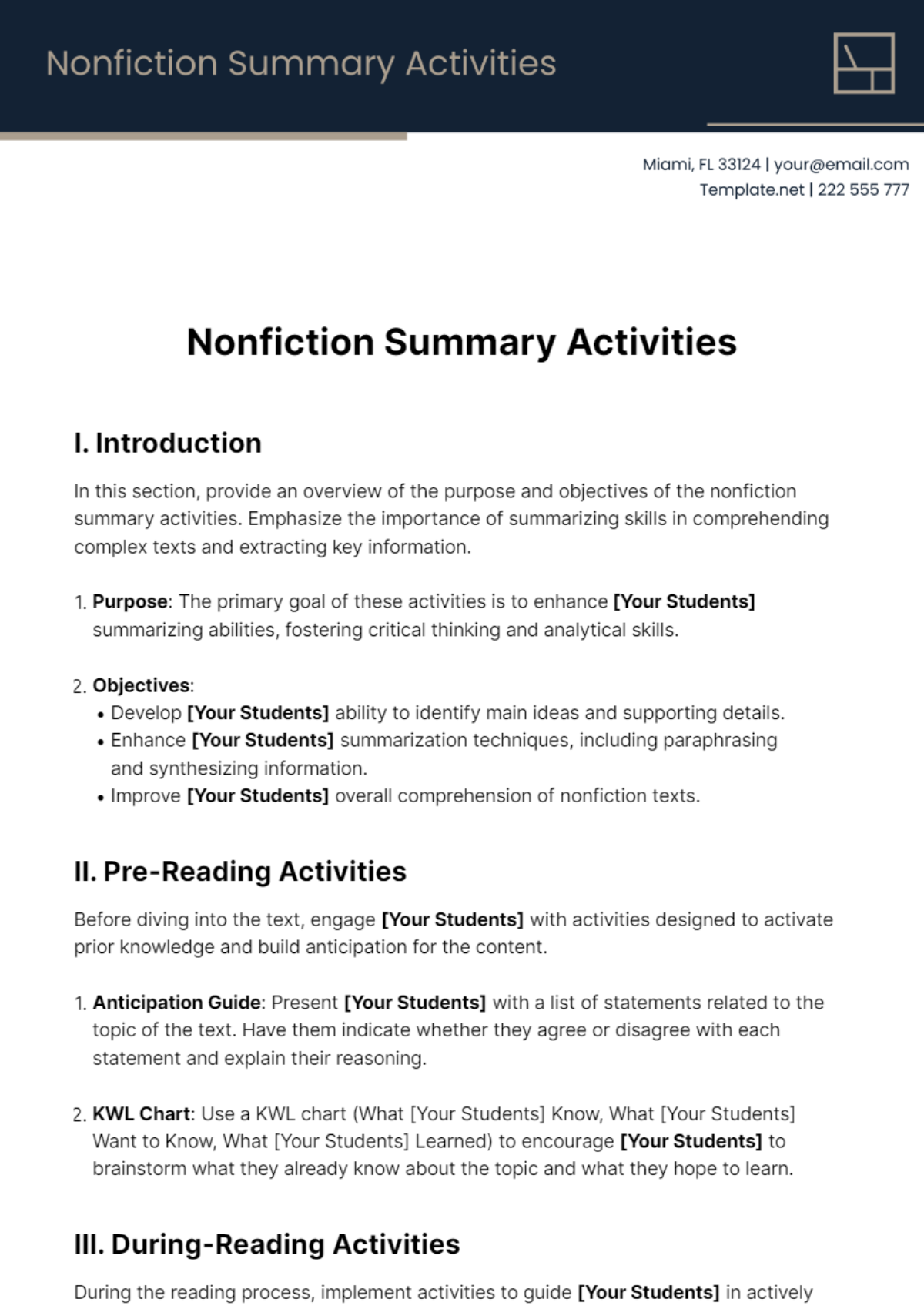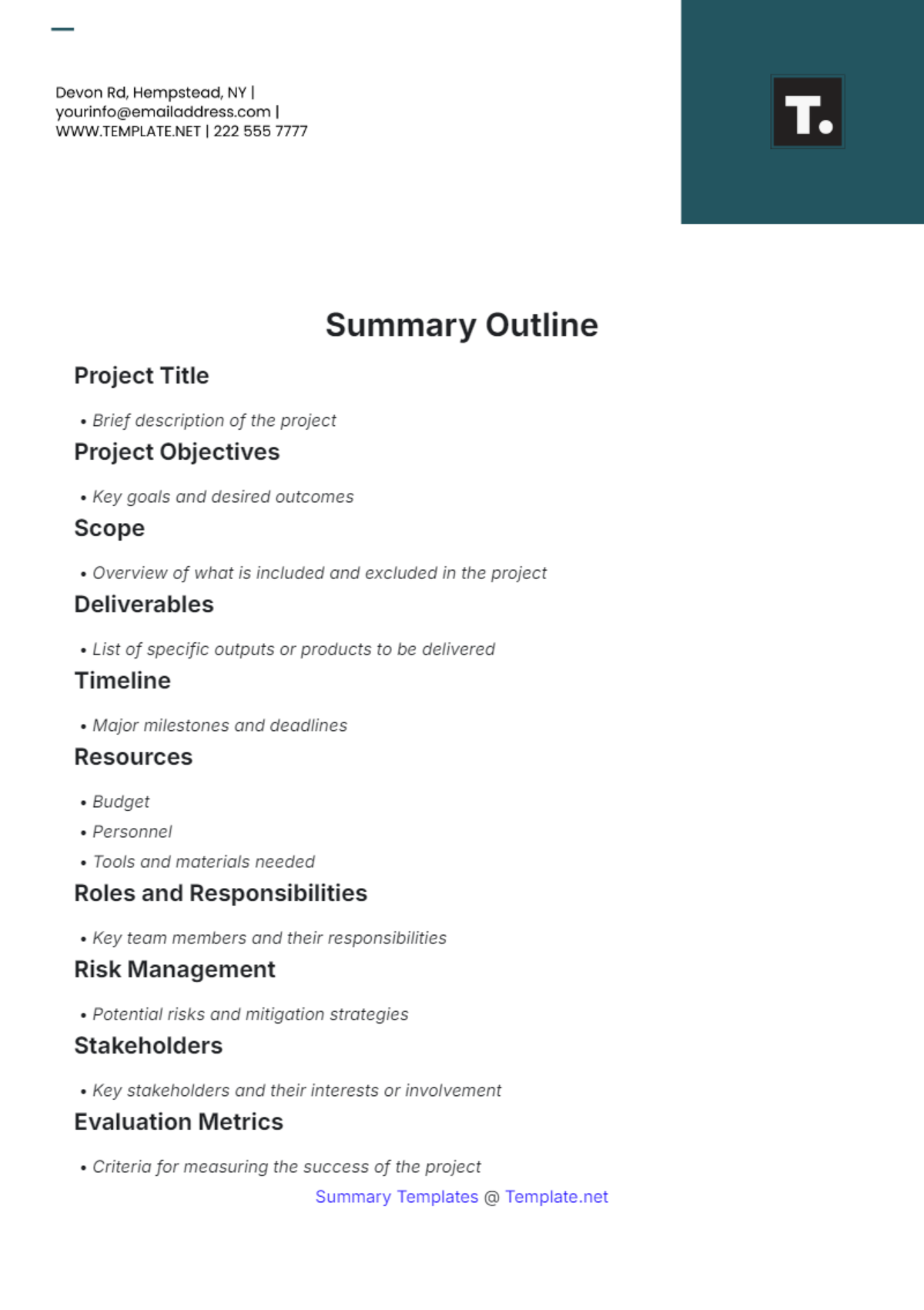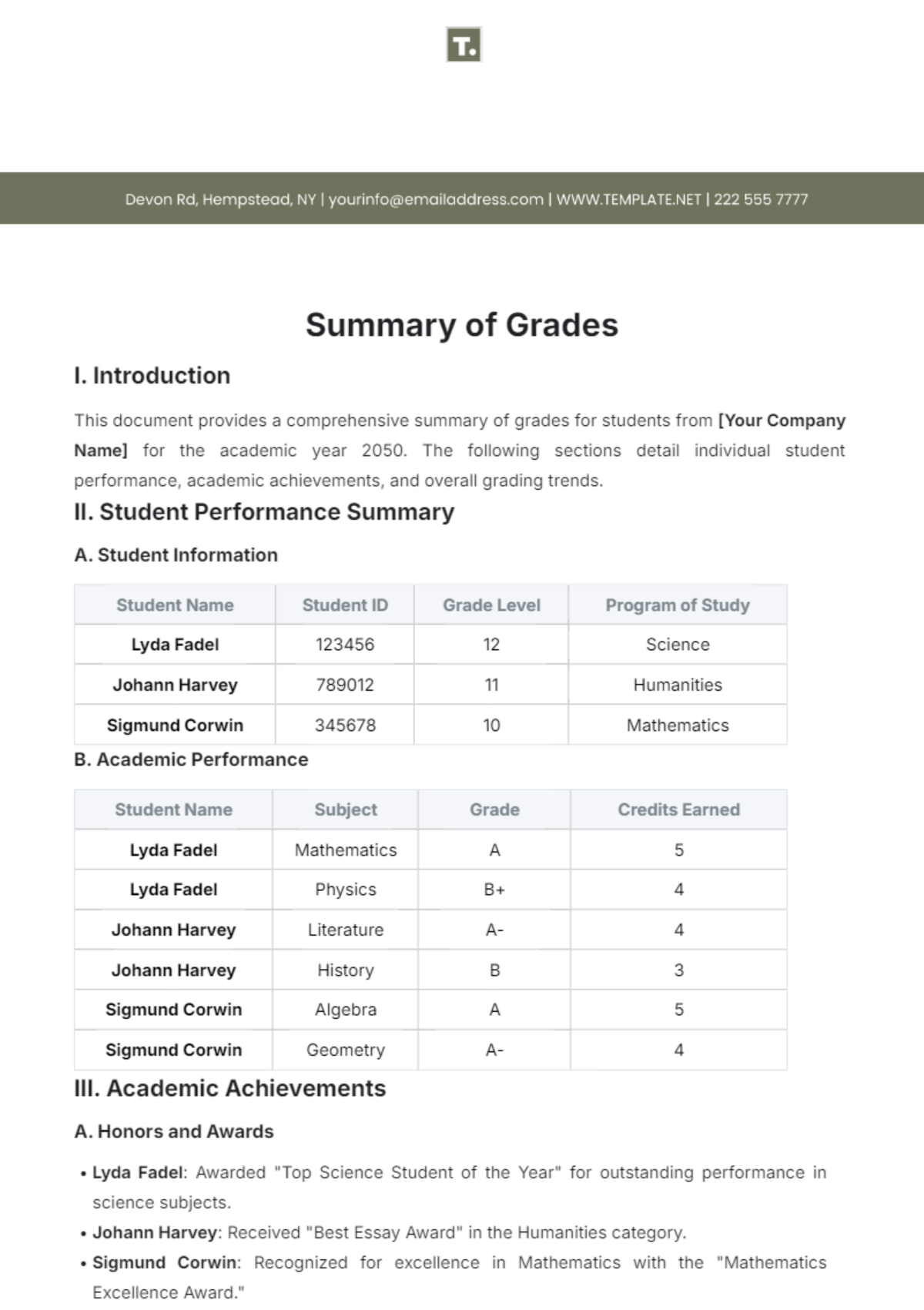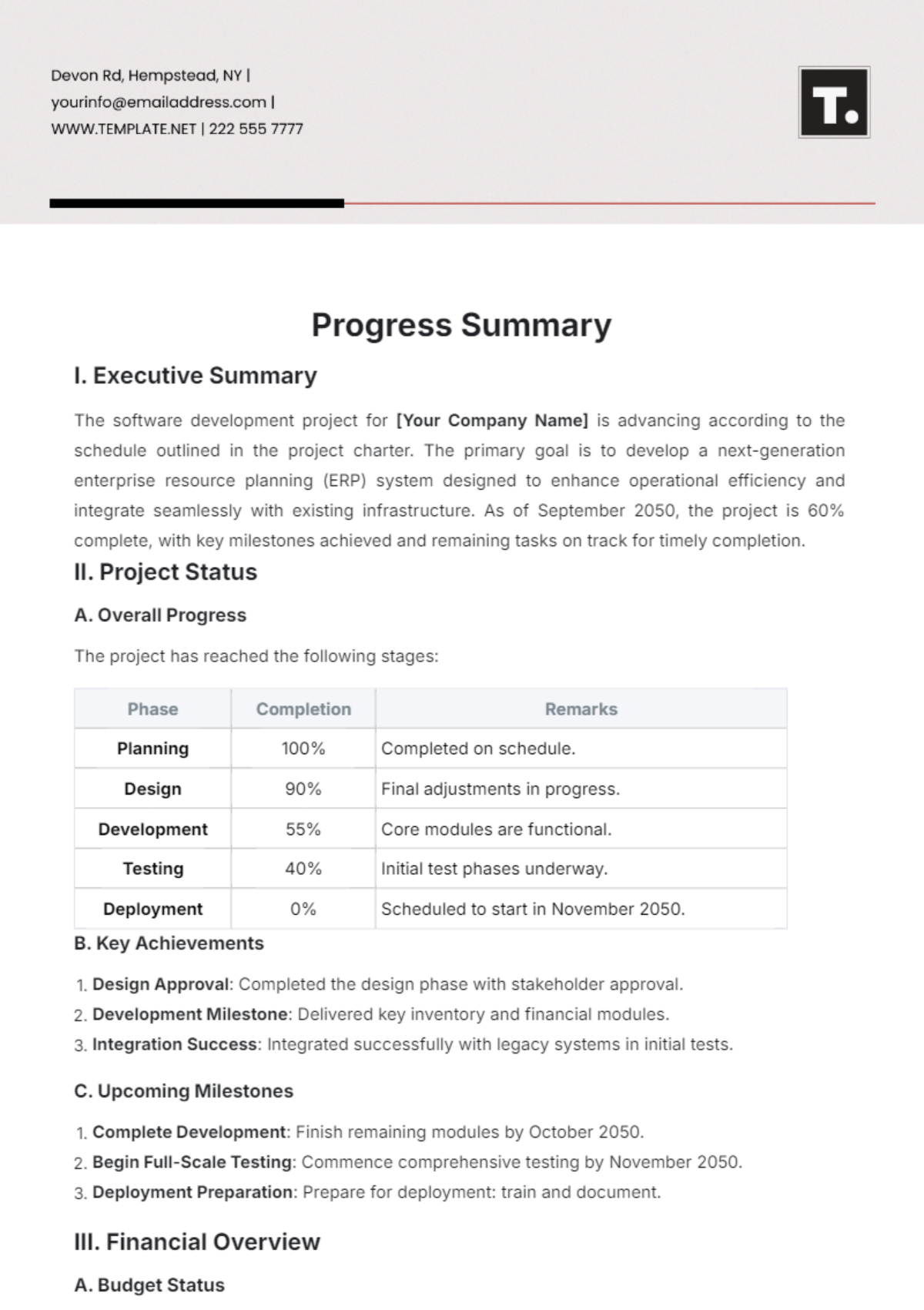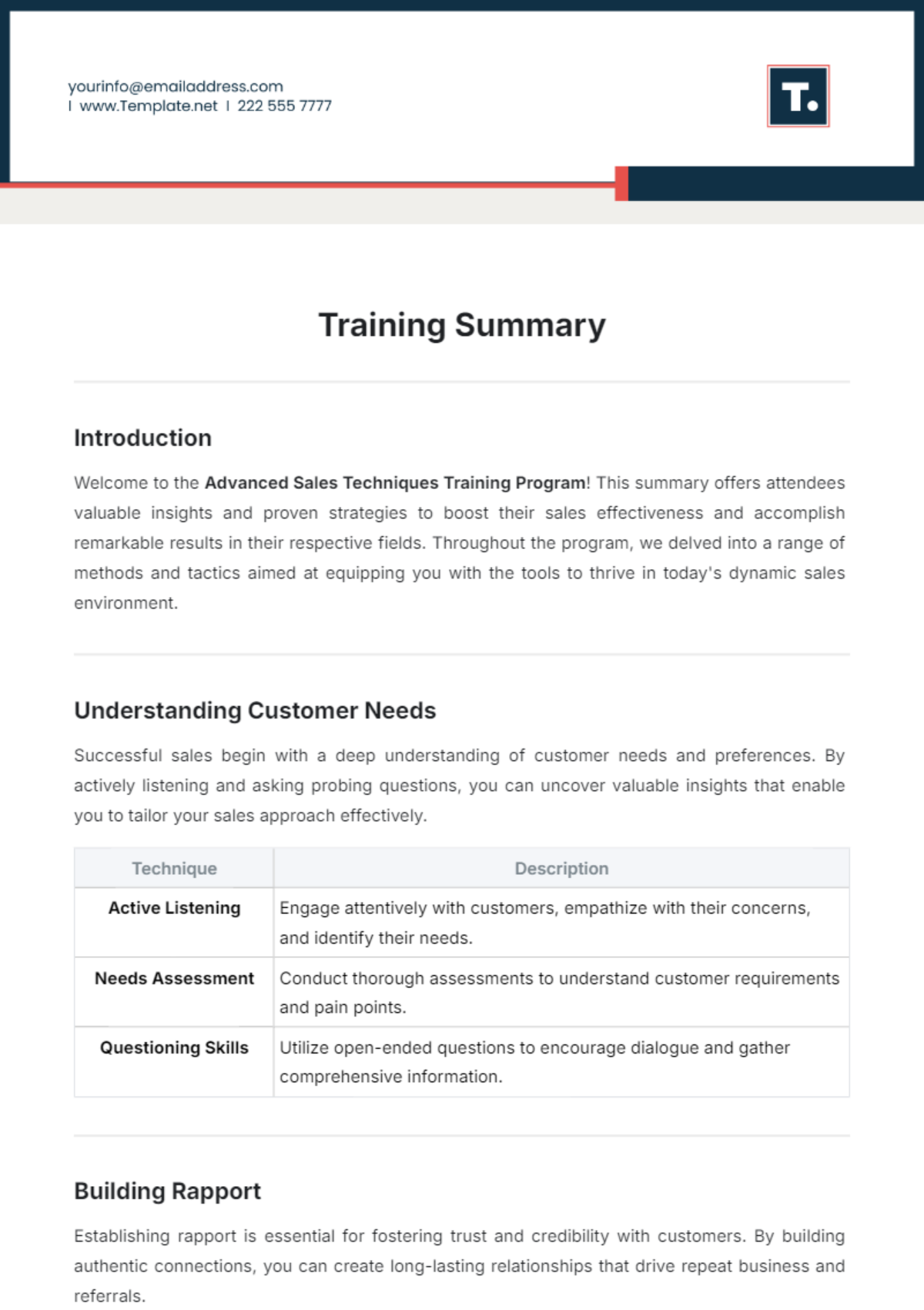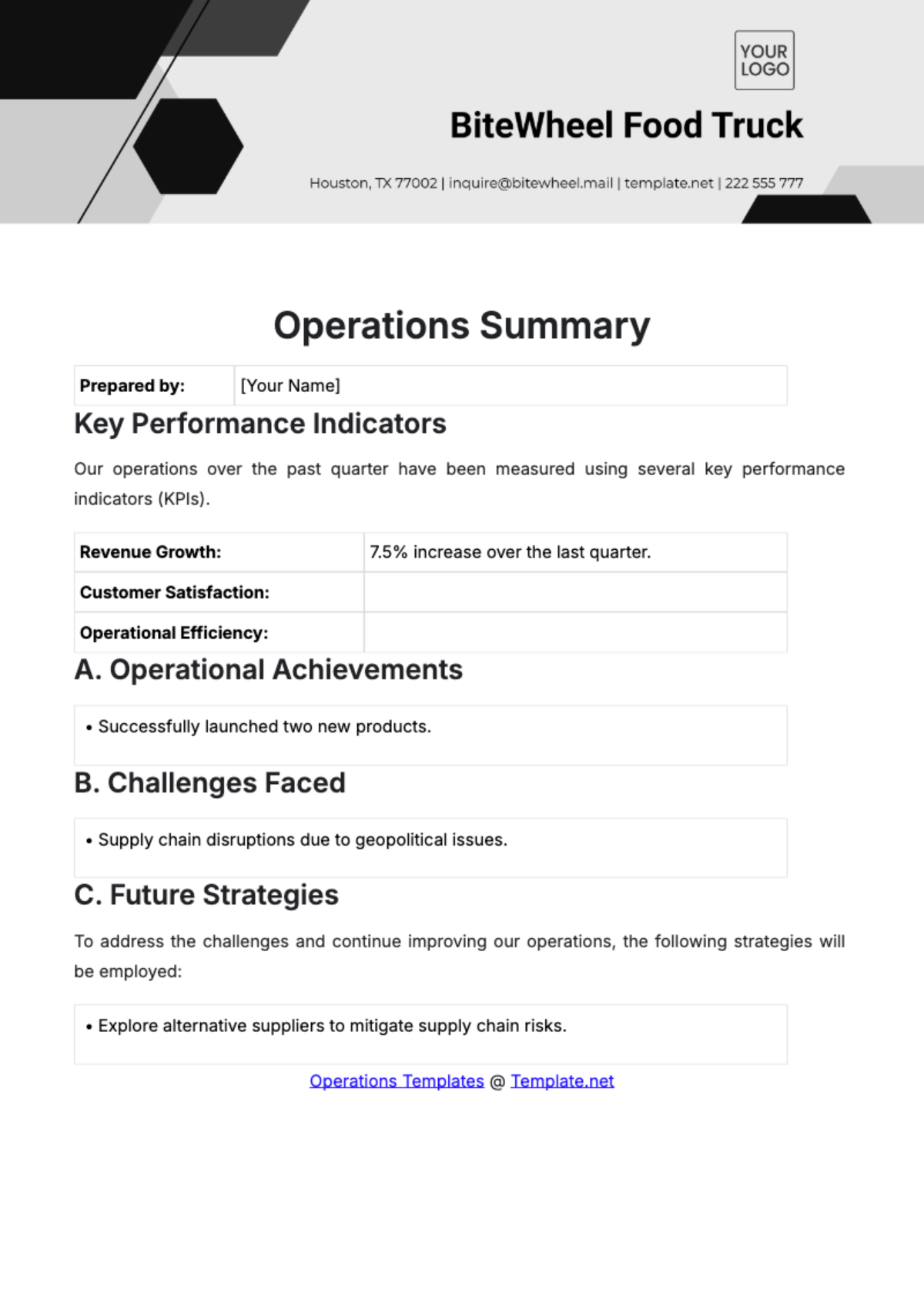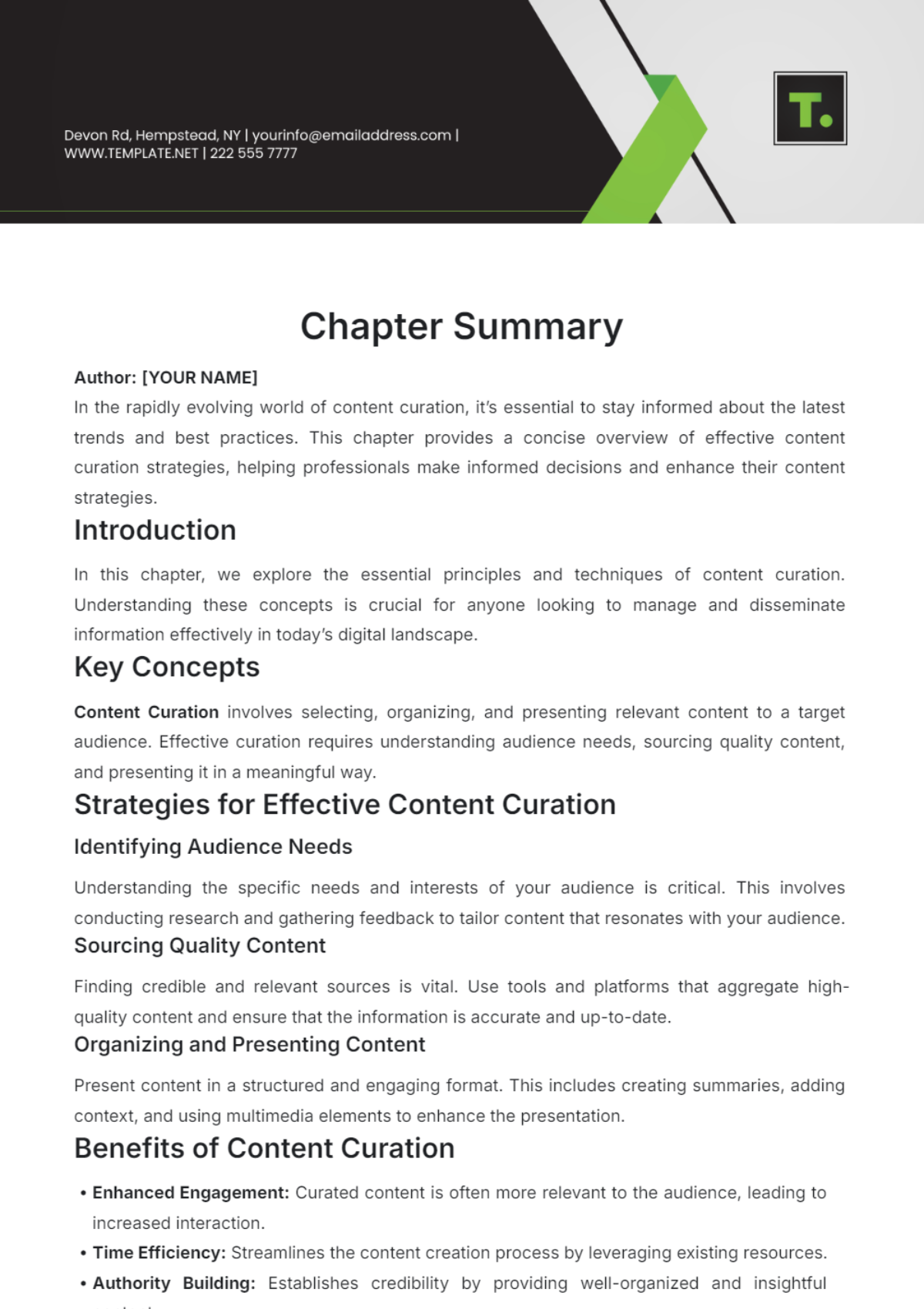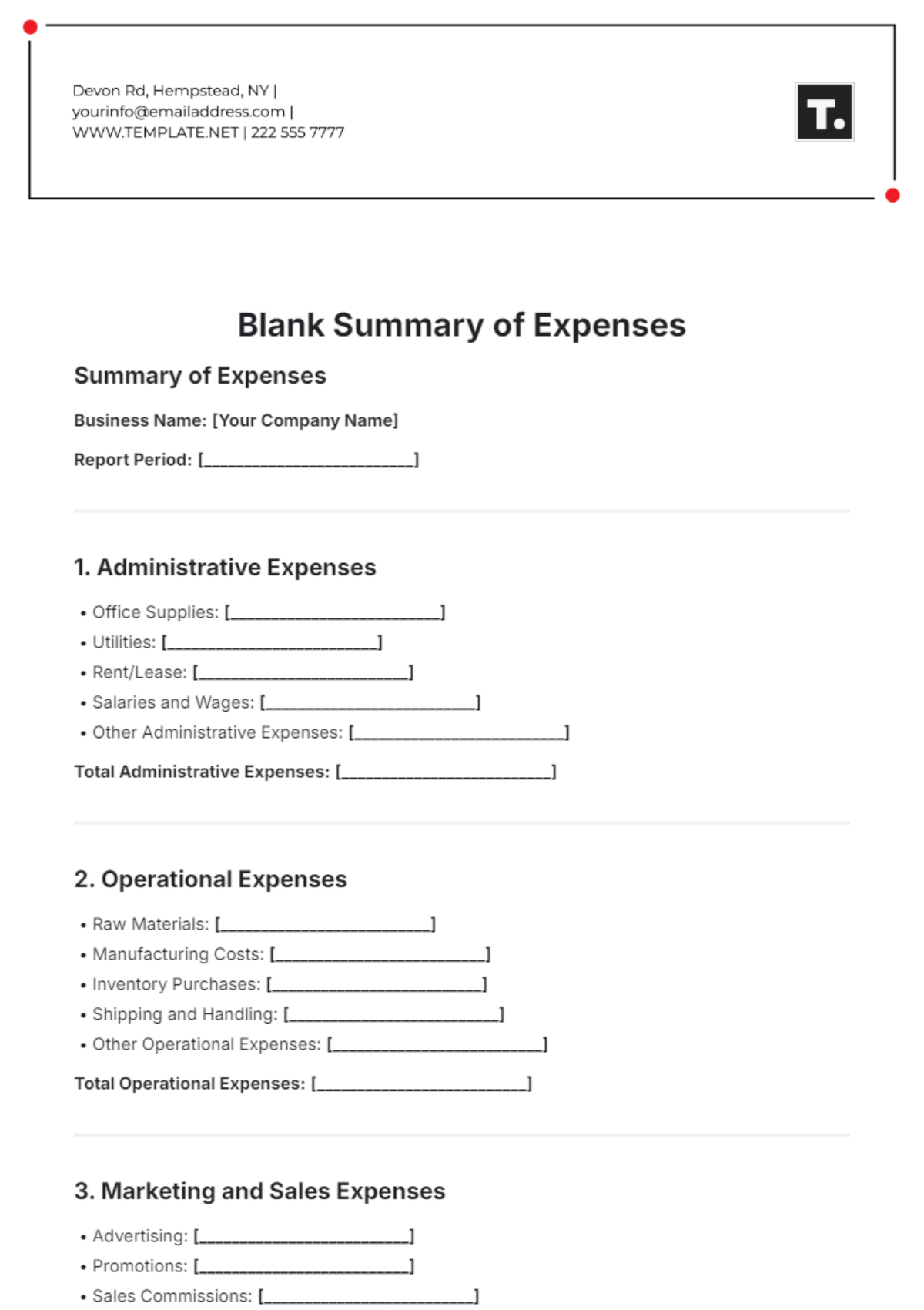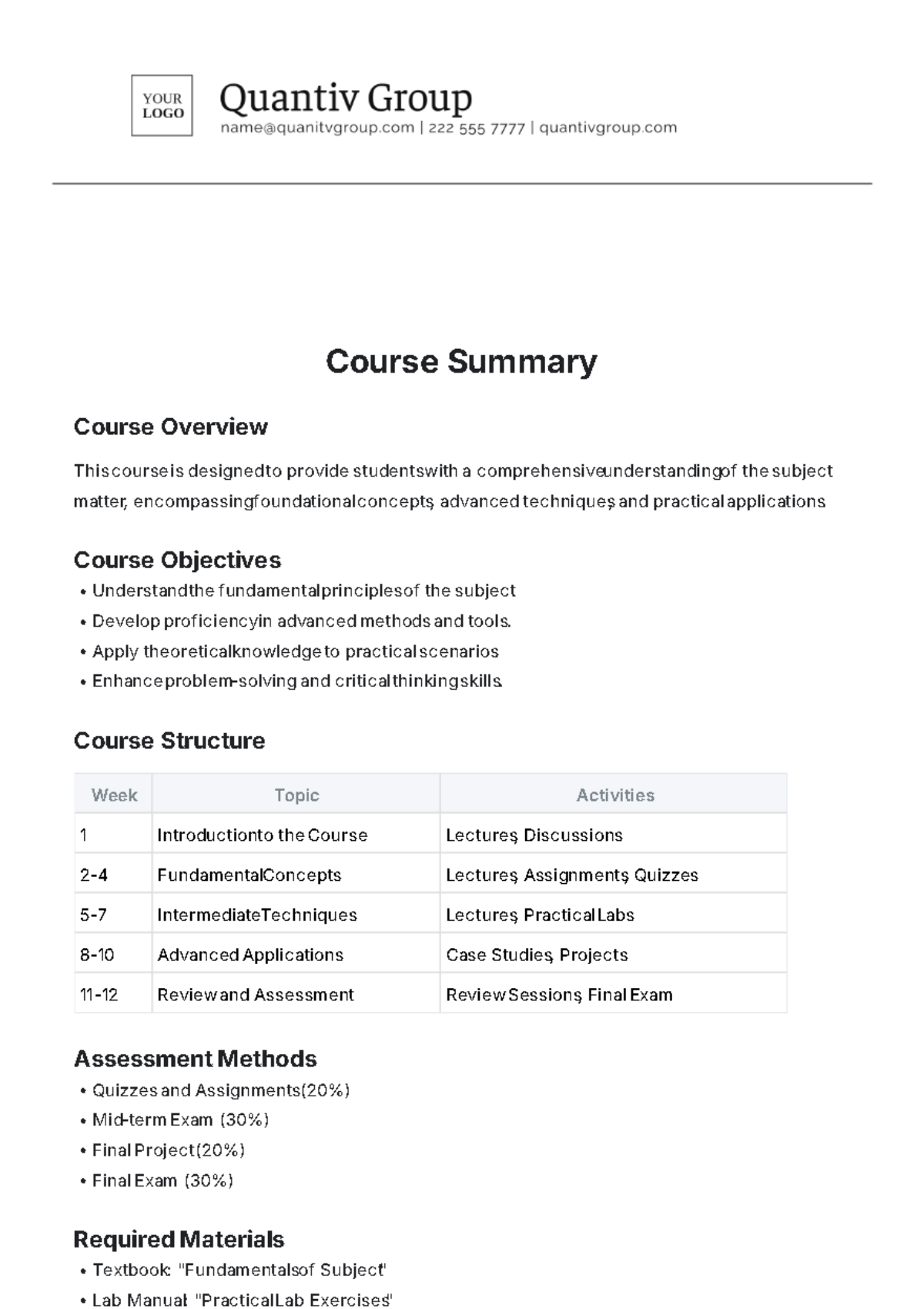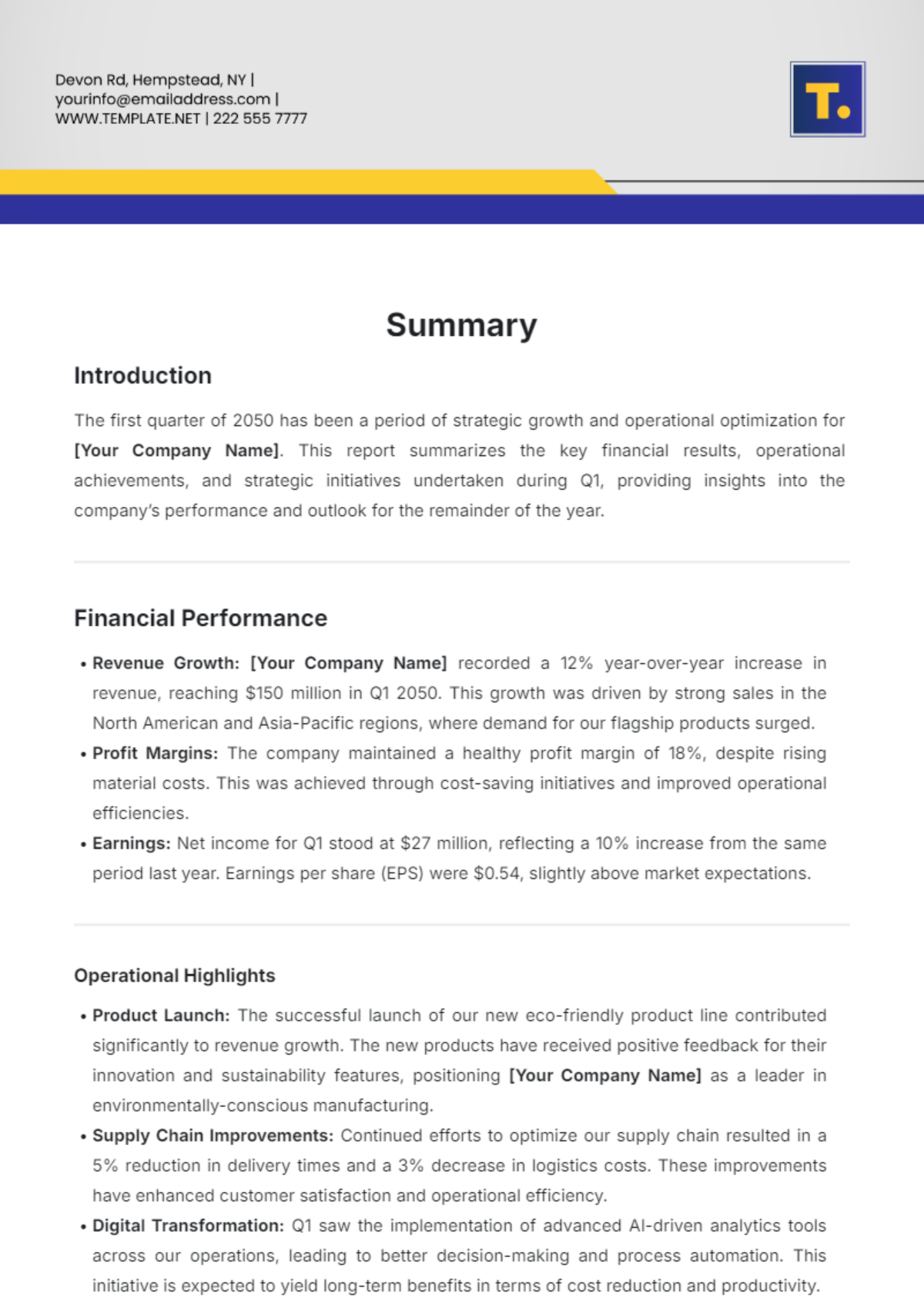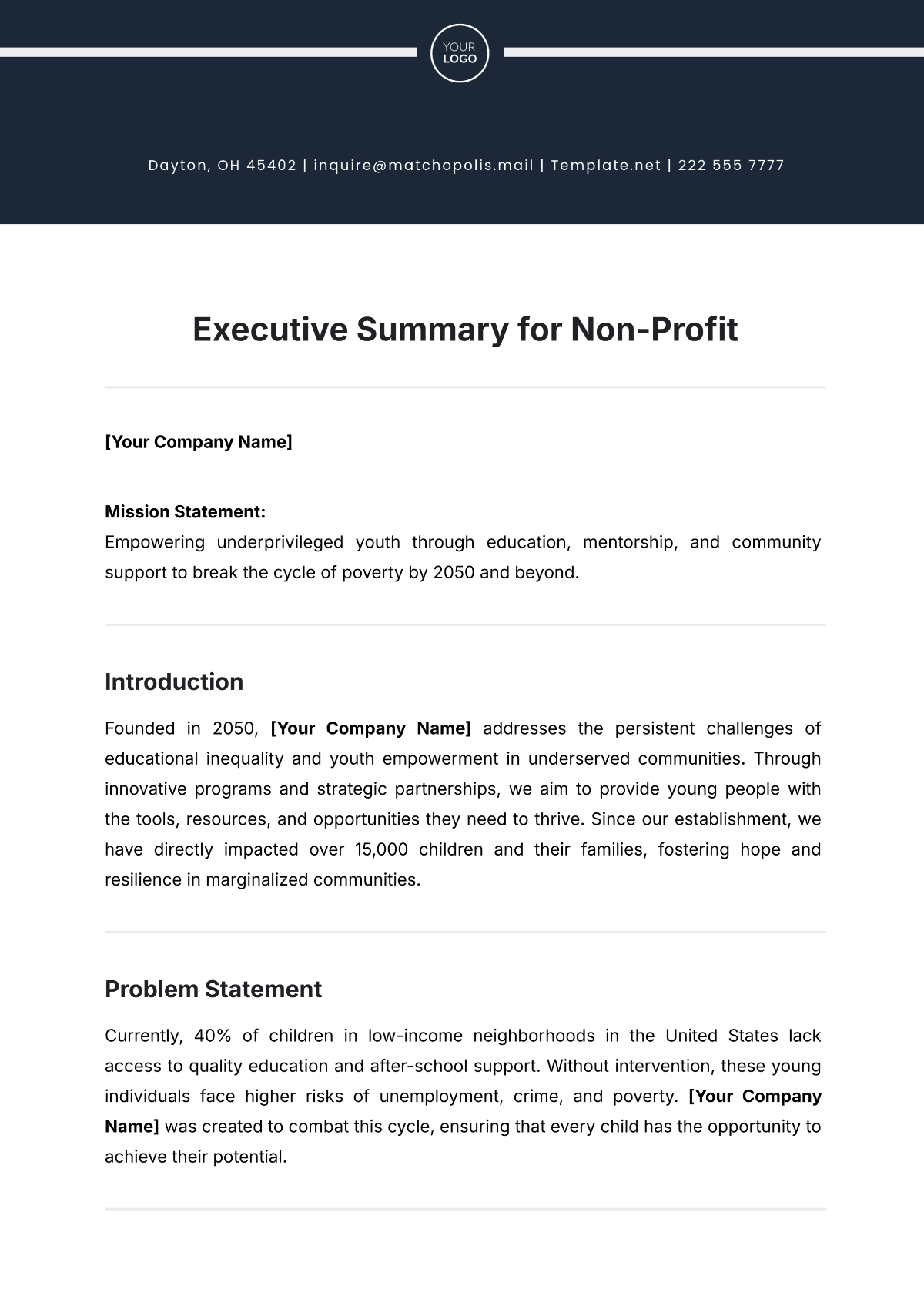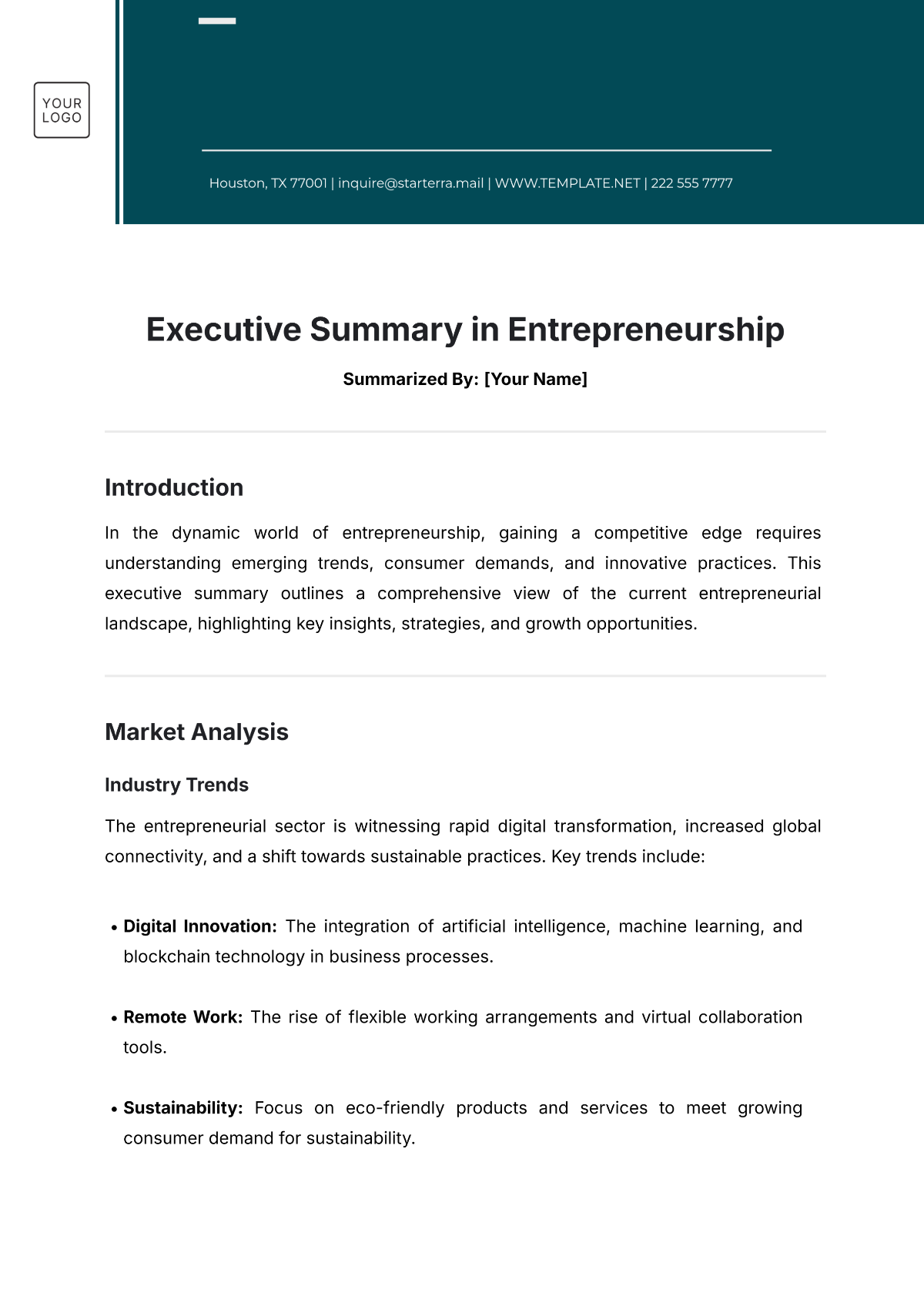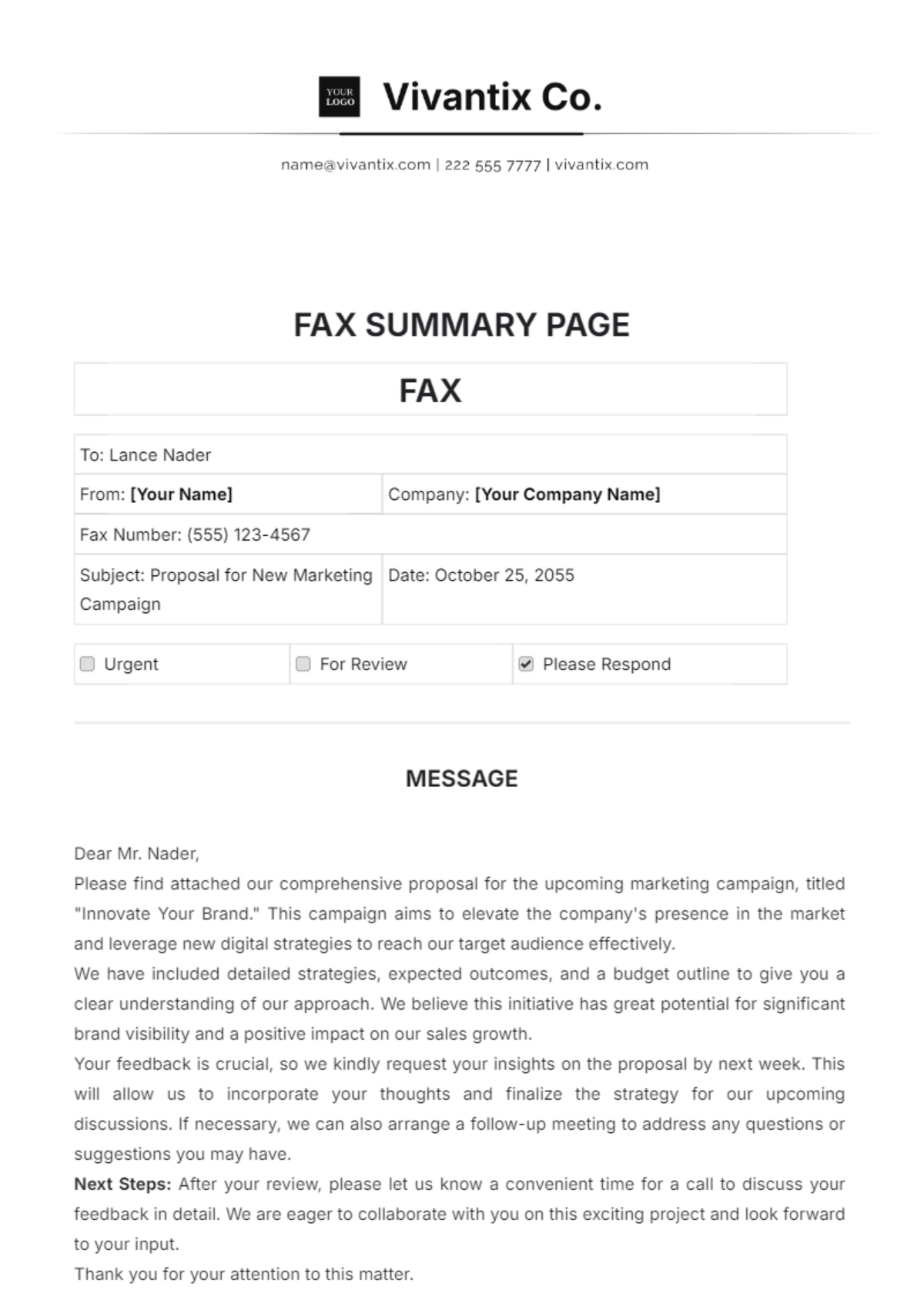Problem Summary
Introduction:
This summary outlines the environmental impacts associated with the manufacturing processes of [YOUR COMPANY NAME]. It identifies critical areas for improvement, aiming to align the company’s operations with sustainability goals and regulatory standards.
Environmental Impact Overview:
Air Emissions:
Issue: Production activities emit significant levels of greenhouse gases (GHGs) and Volatile Organic Compounds (VOCs), affecting climate change and local air quality.
Data Point: Annual emissions include [X] metric tons of CO2e and VOC levels exceeding limits by [Y%].
Water Usage and Pollution:
Issue: High water consumption coupled with the release of contaminated wastewater into local ecosystems.
Data Point: Uses [X] cubic meters of water yearly, with key pollutants [Y%] above safety standards.
Waste Management:
Issue: Inadequate disposal practices for hazardous waste materials, leading to environmental contamination.
Data Point: Generates [X] metric tons of hazardous waste annually, with only [Y%] properly processed.
Energy Consumption:
Issue: Extensive use of energy, primarily from non-renewable sources, increases the carbon footprint and operational costs.
Data Point: Consumes [X] MWh per year, with less than [Y%] from renewable sources.
Recommendations for Improvement:
Air Emissions: Adoption of cleaner production technologies and improved emissions control systems.
Water Usage and Pollution: Implementation of water recycling and better wastewater treatment solutions.
Waste Management: Improvement in waste handling, specifically for hazardous materials.
Energy Consumption: Increase the use of renewable energy sources and enhance energy efficiency.
Conclusion:
The manufacturing processes of [YOUR COMPANY NAME] present significant environmental challenges. Through focused improvements, the company can reduce its environmental footprint, ensure compliance, and potentially lower costs.
Table: Environmental Impact and Recommendations
Environmental Aspect | Impact Summary | Recommendations |
|---|---|---|
Air Emissions | High GHG and VOC emissions | Cleaner technologies, emissions control |
Water Usage | High consumption, pollution | Water recycling, treatment solutions |
Waste Management | Hazardous waste issues | Improved sorting, recycling, disposal |
Energy Consumption | High usage, low renewables | Renewable sources, efficiency improvements |
Summarized By: [YOUR NAME]

